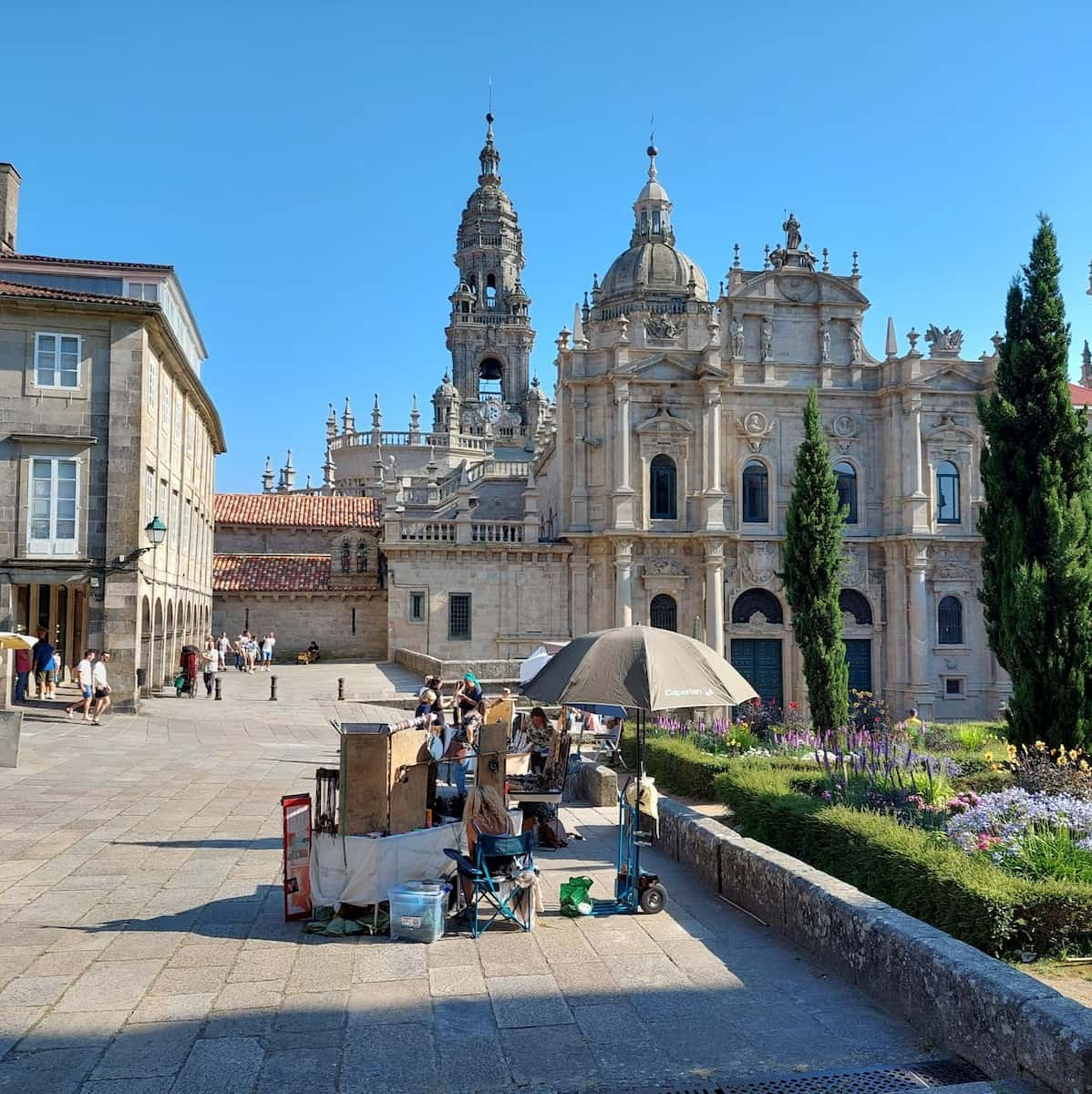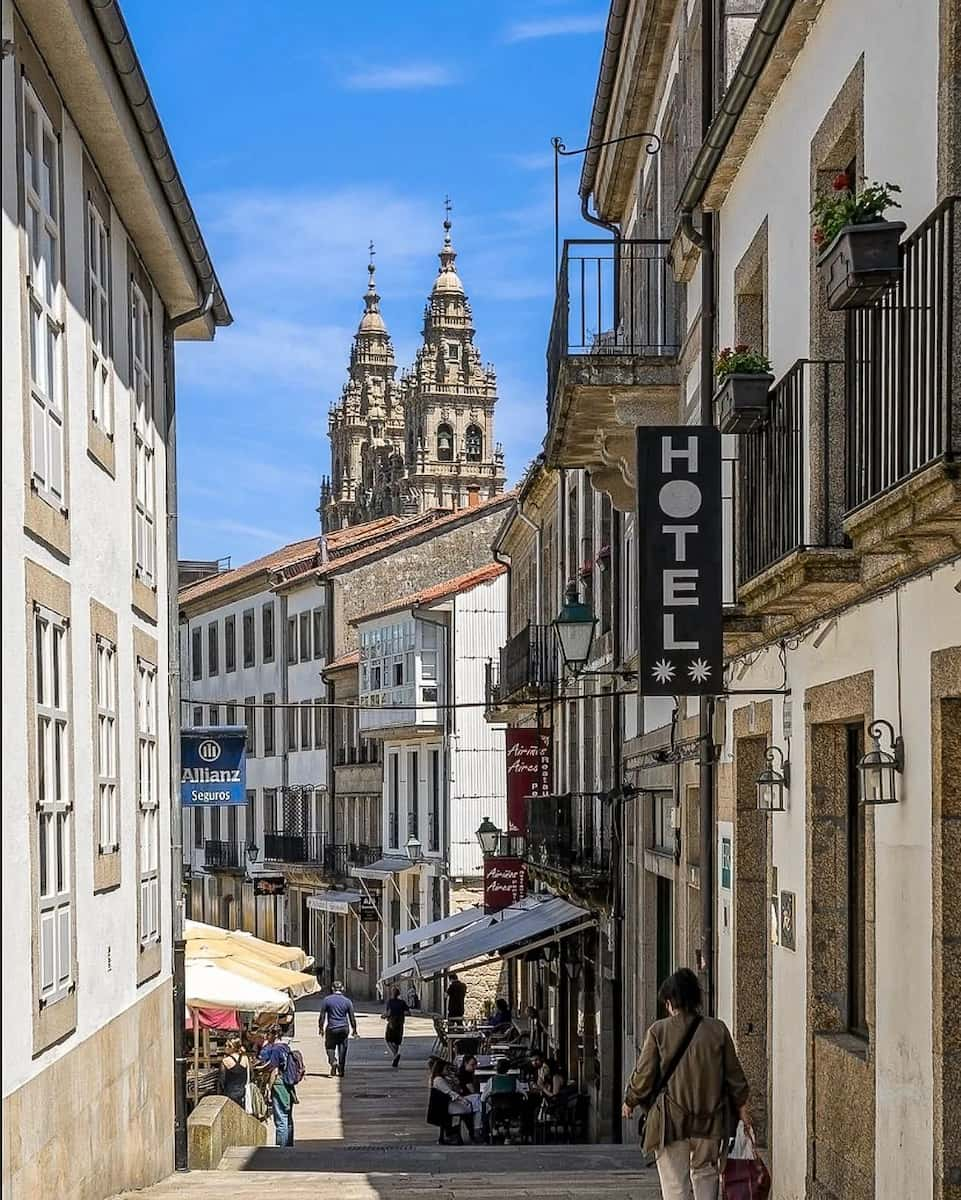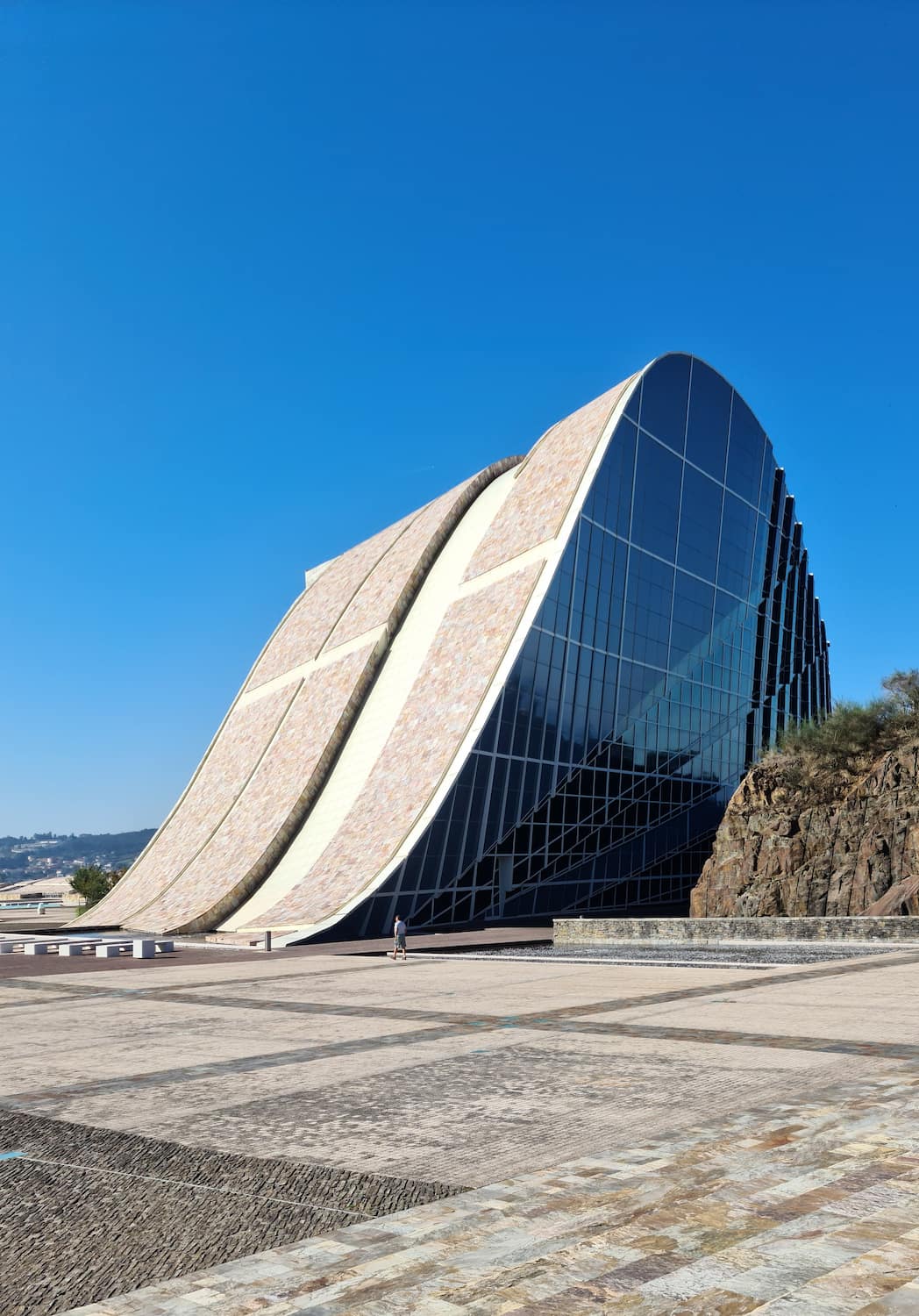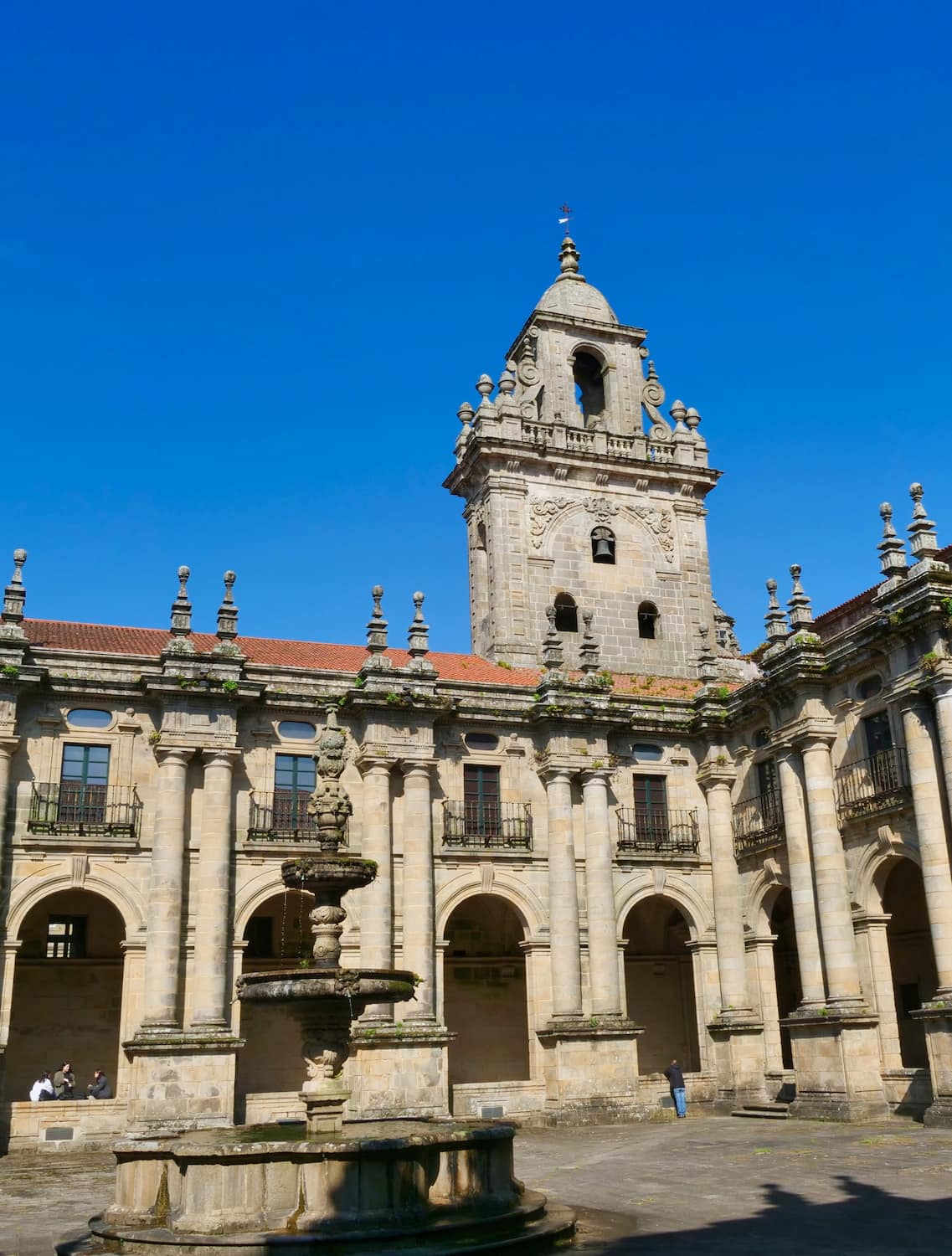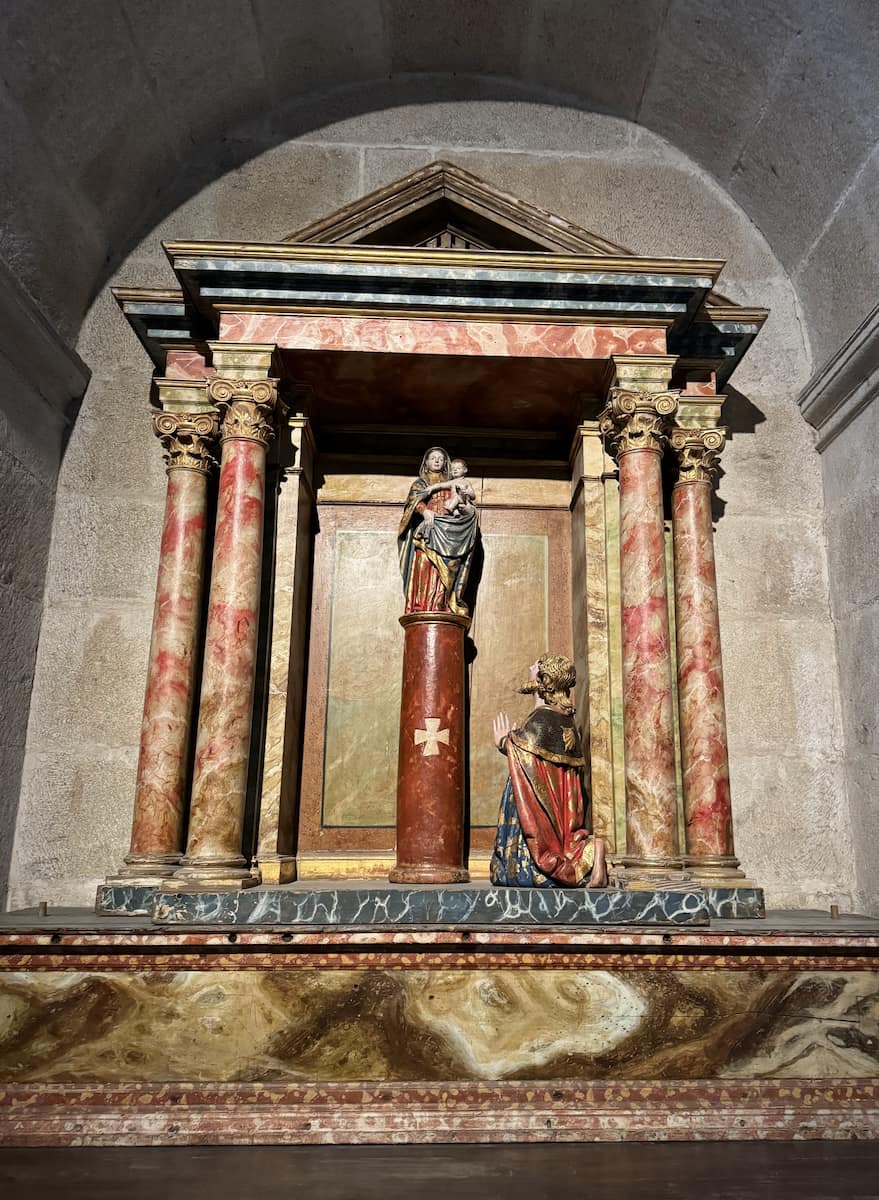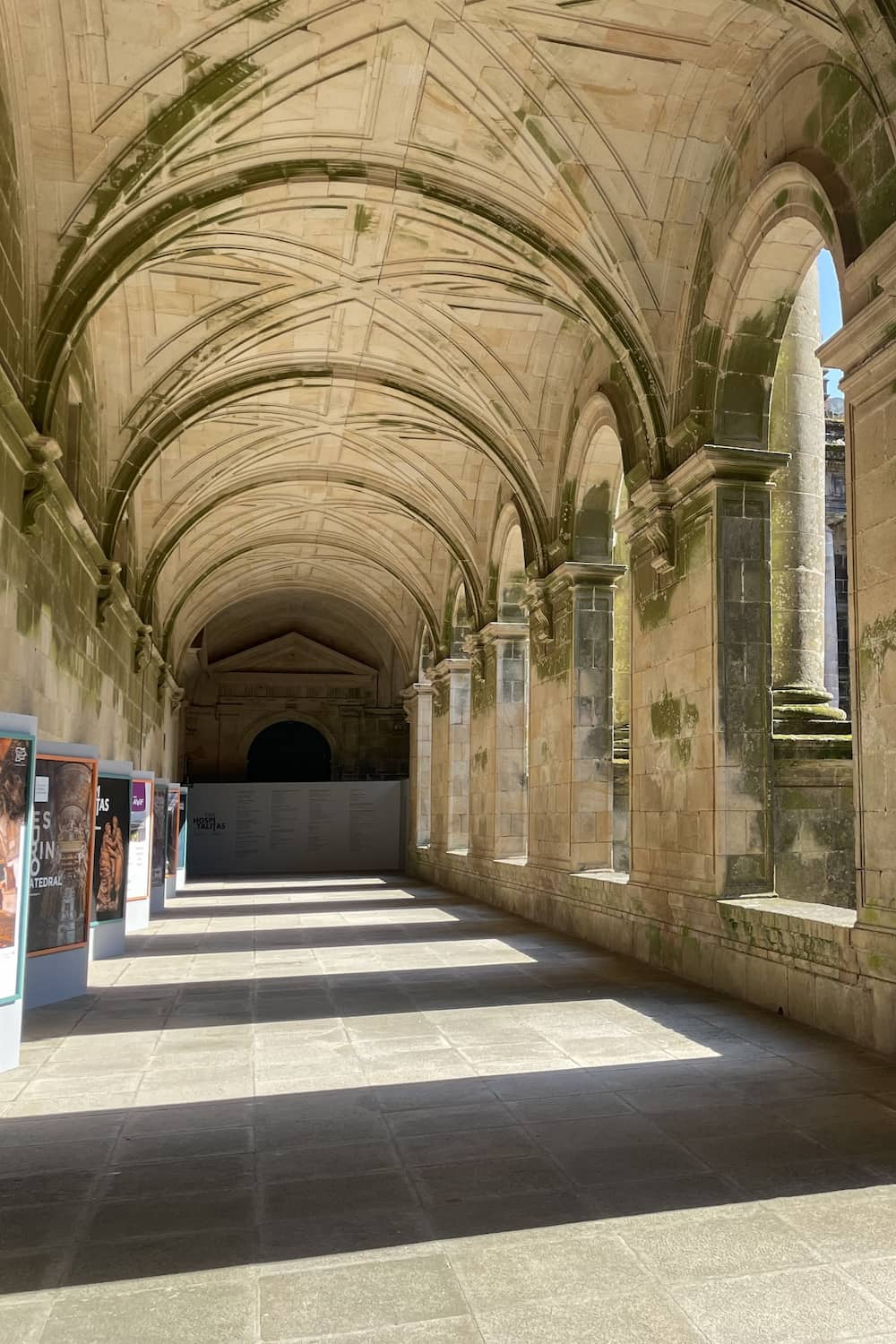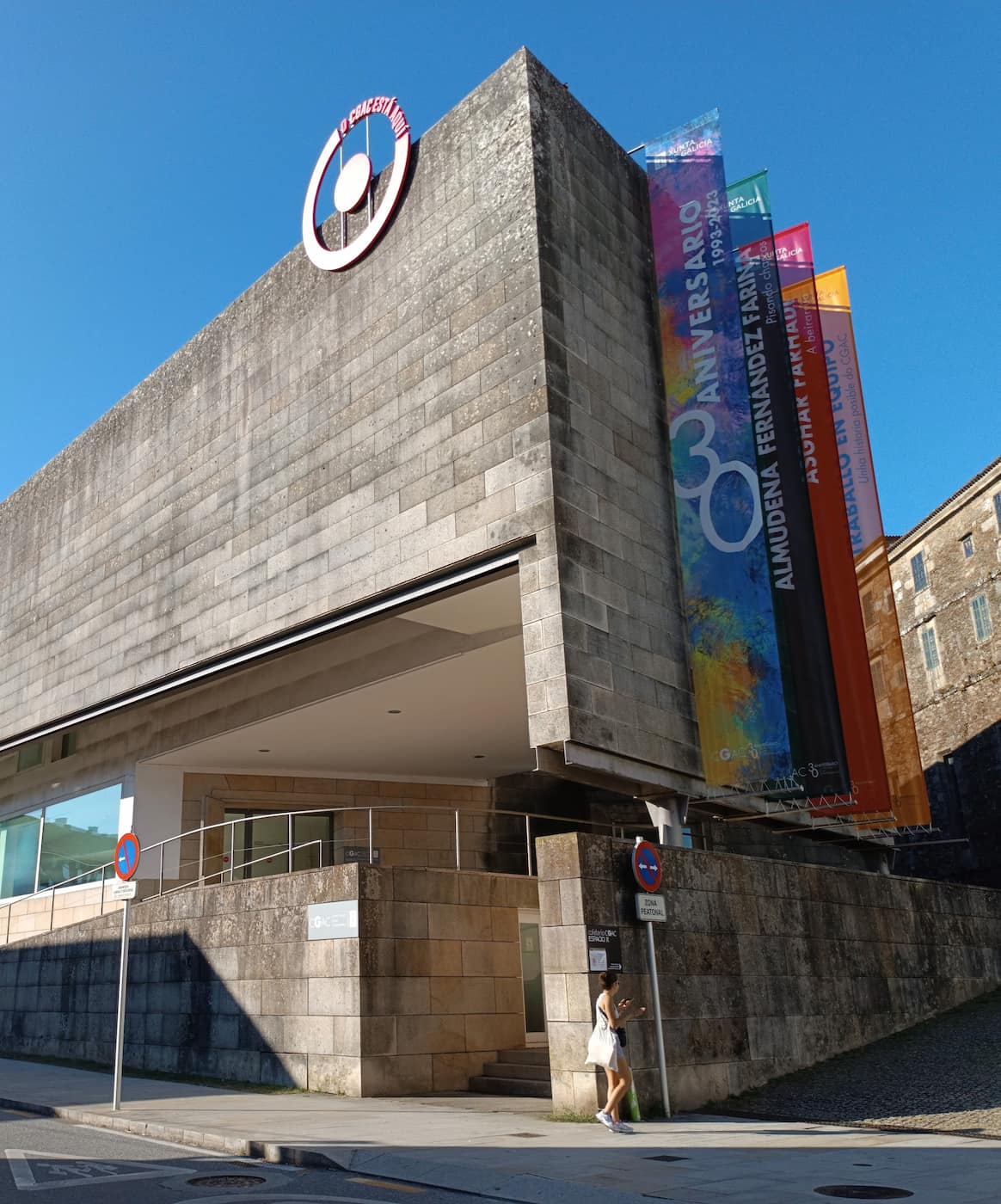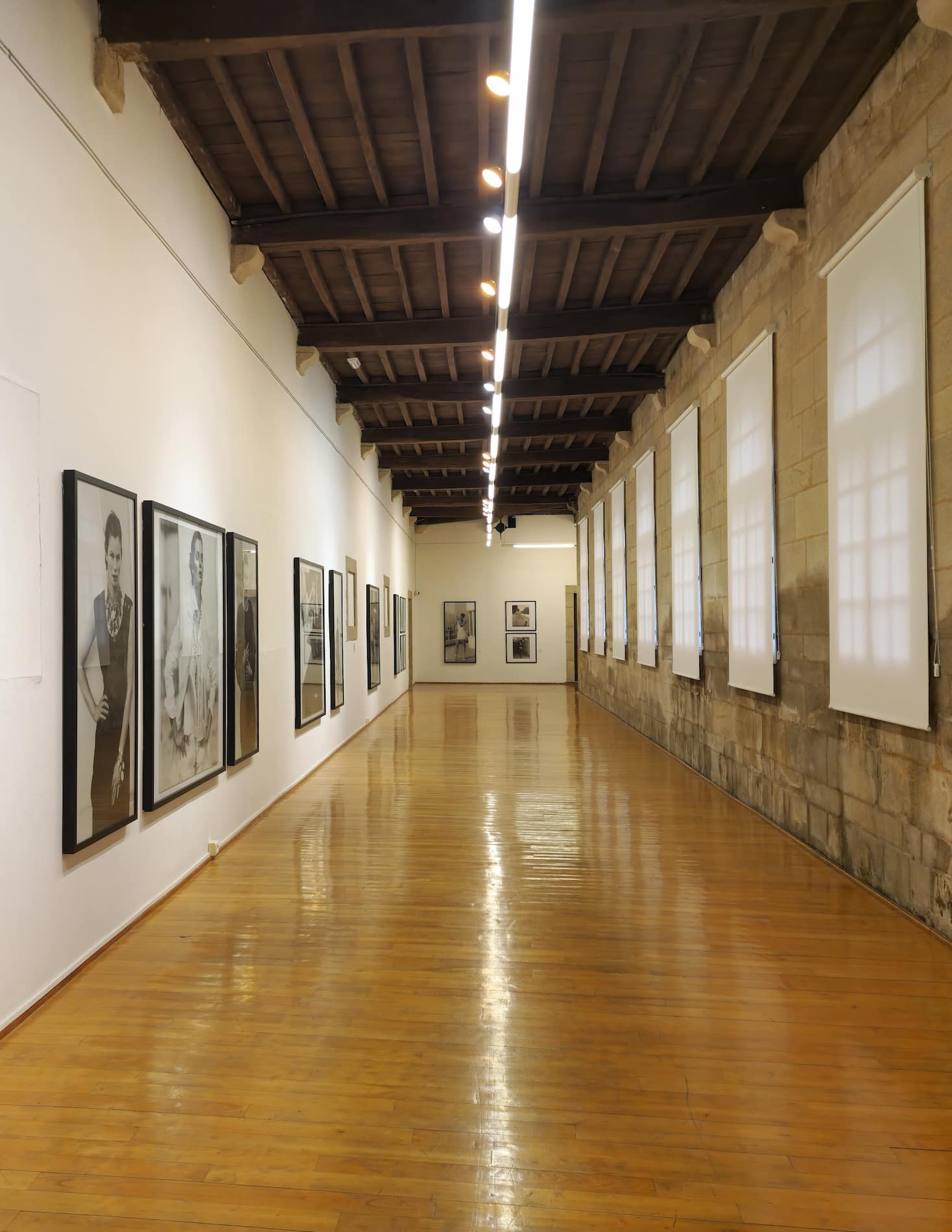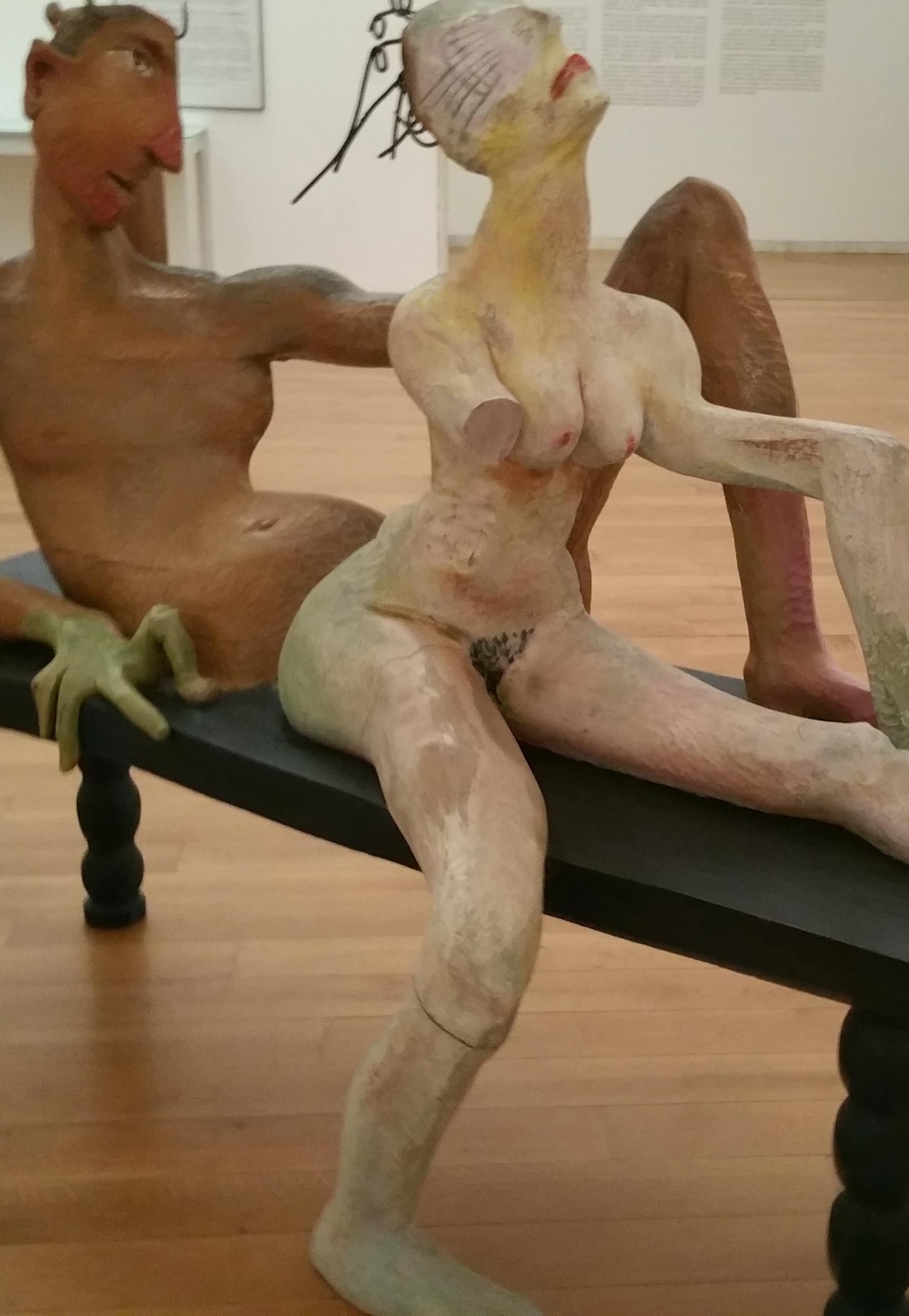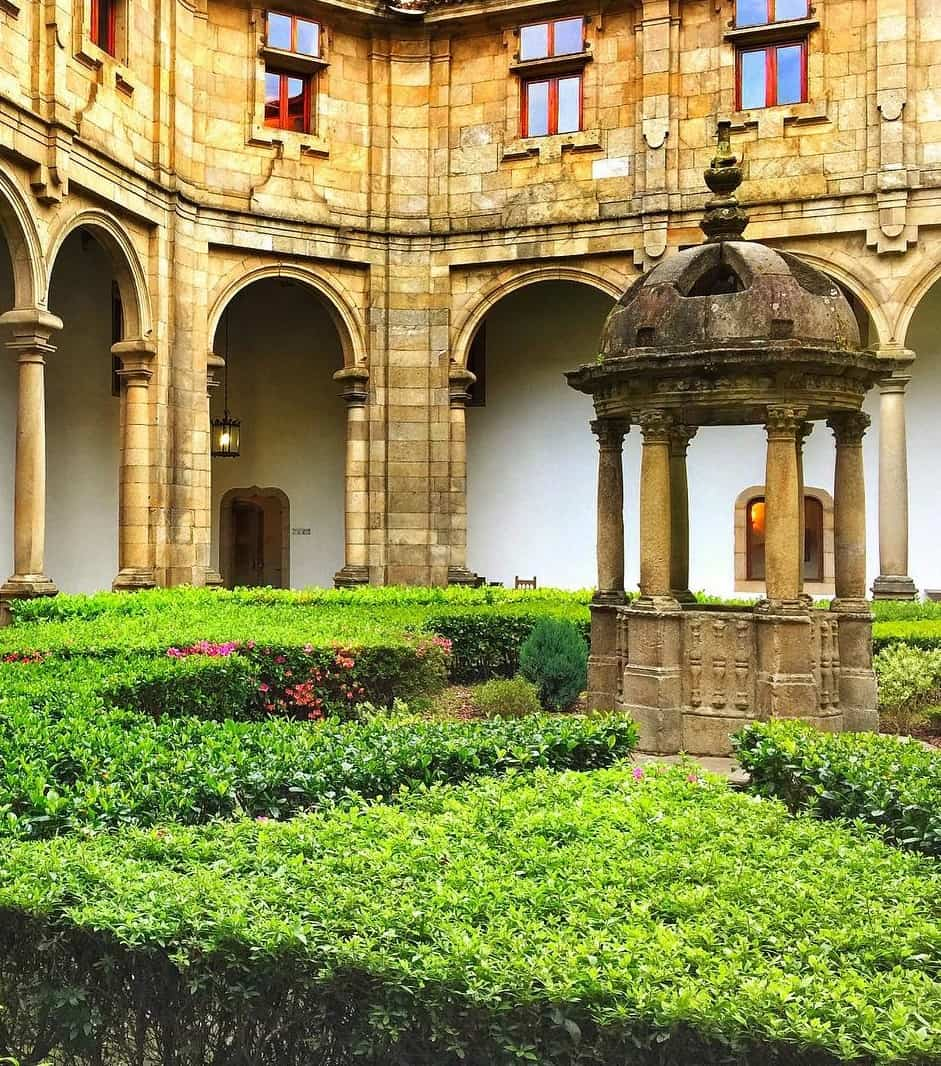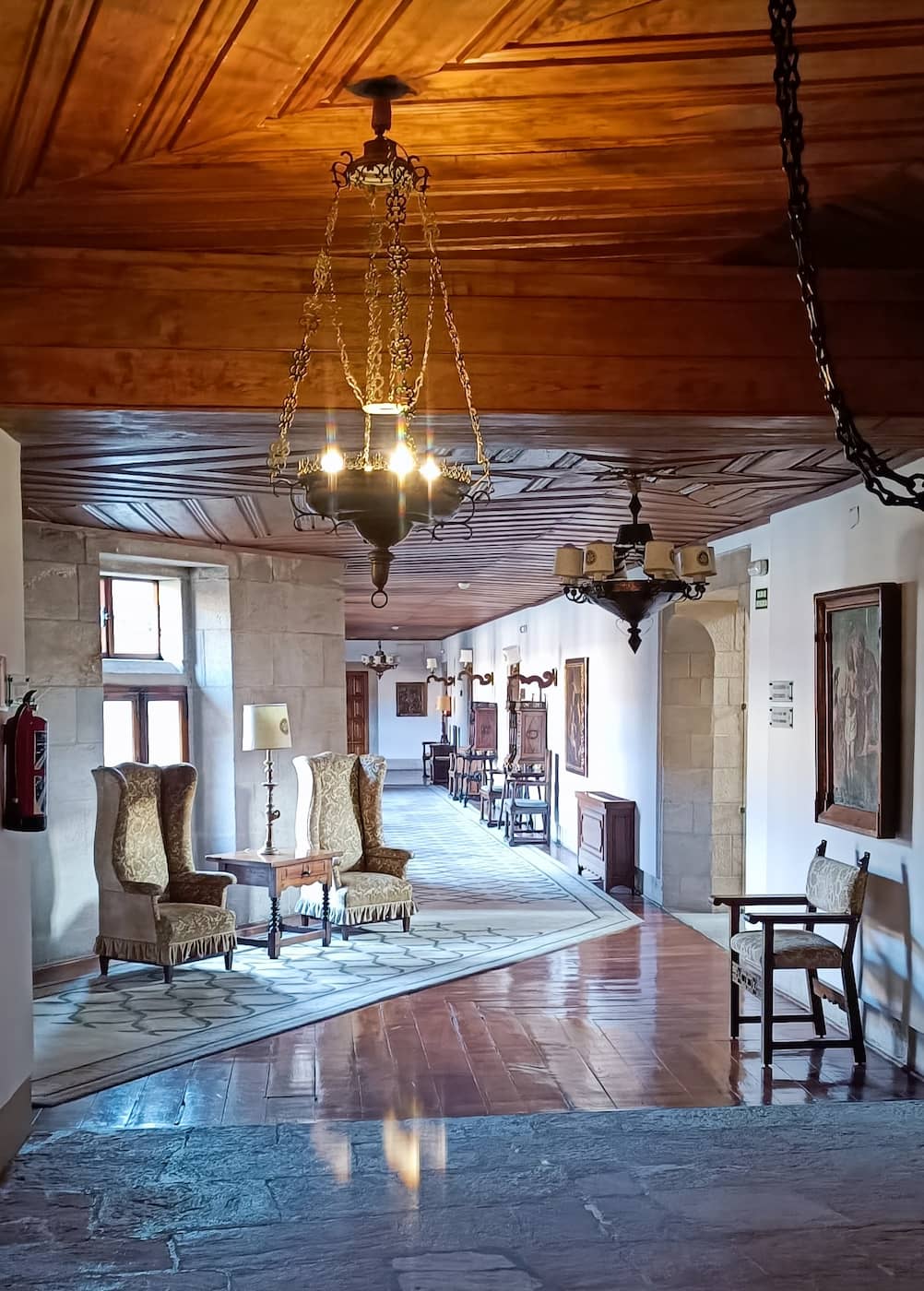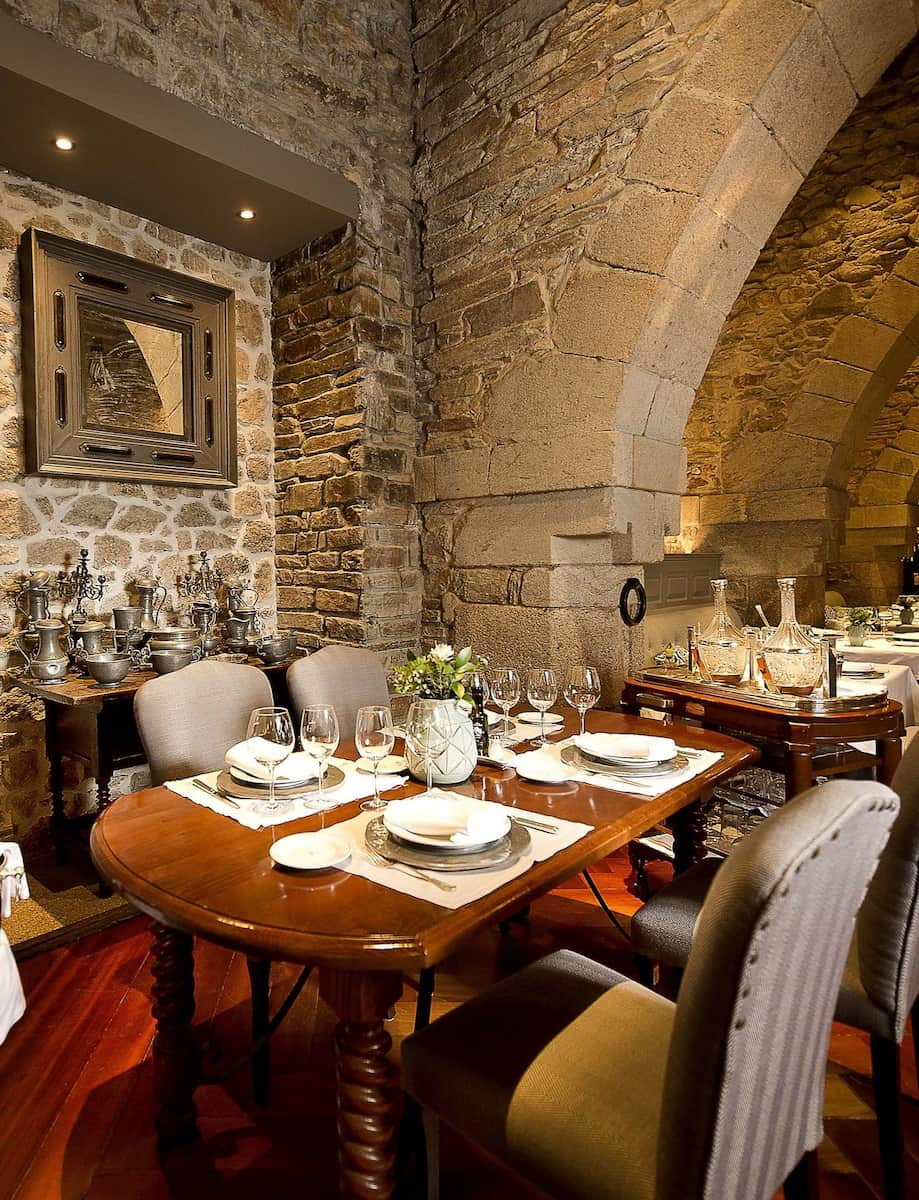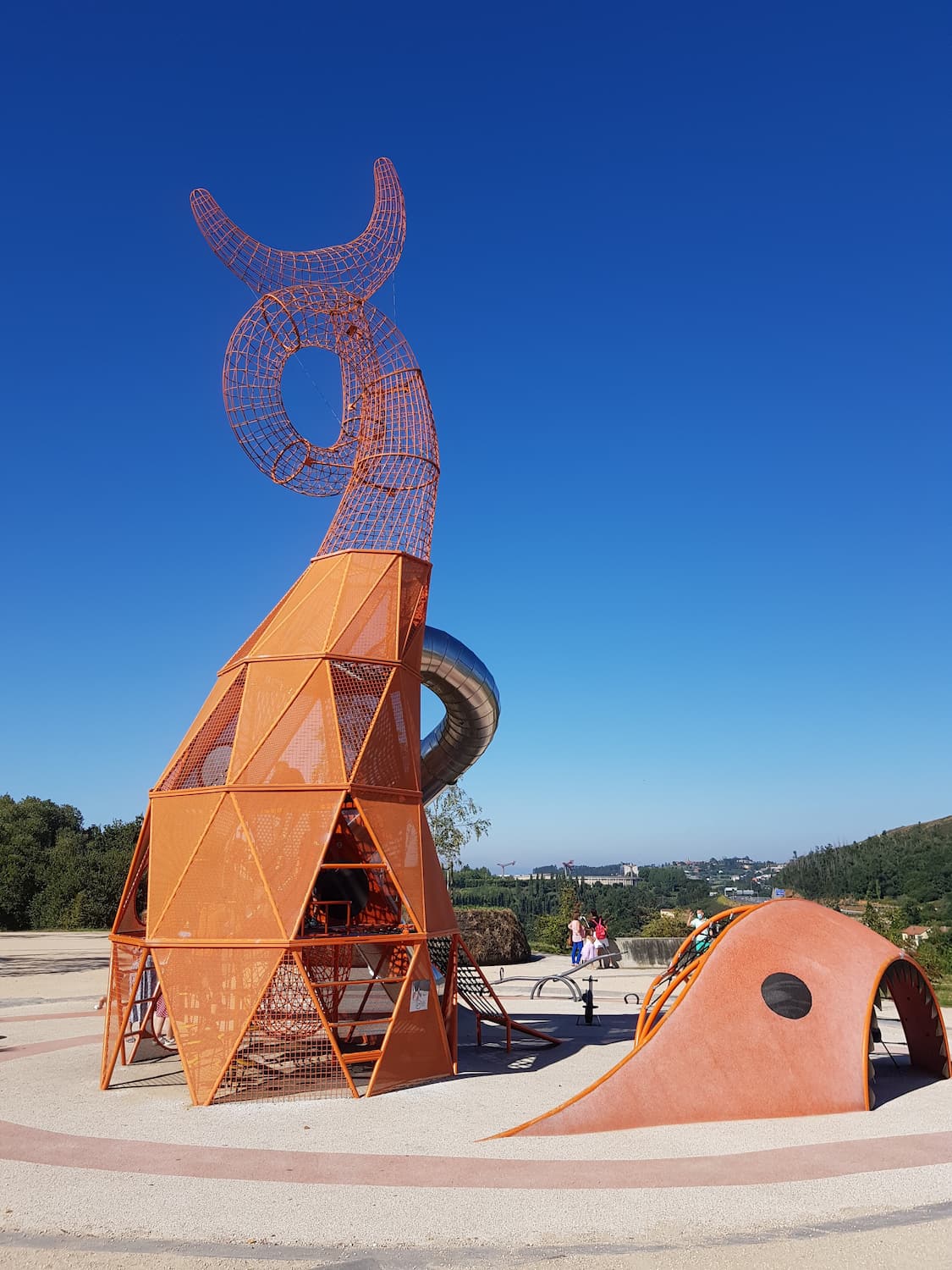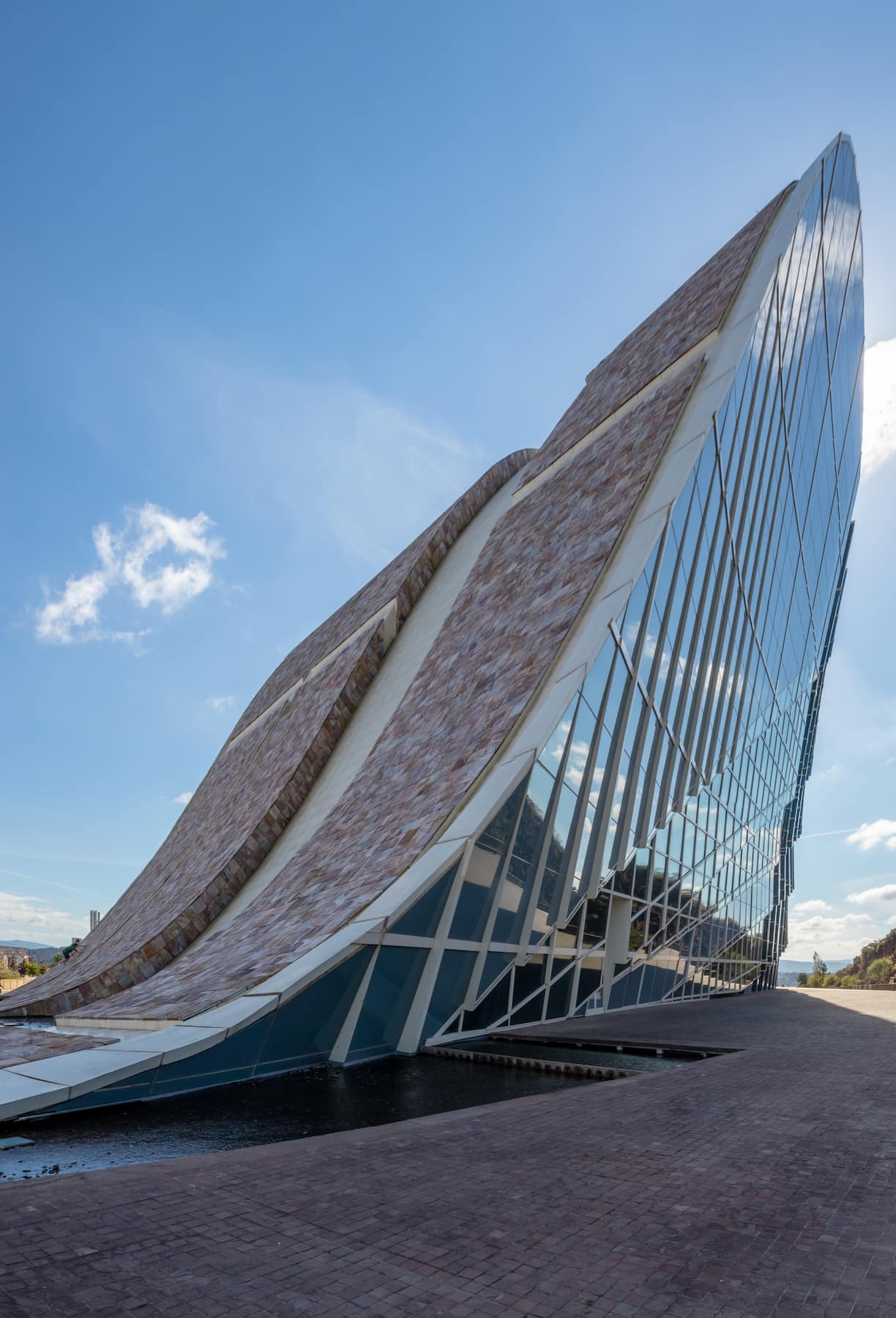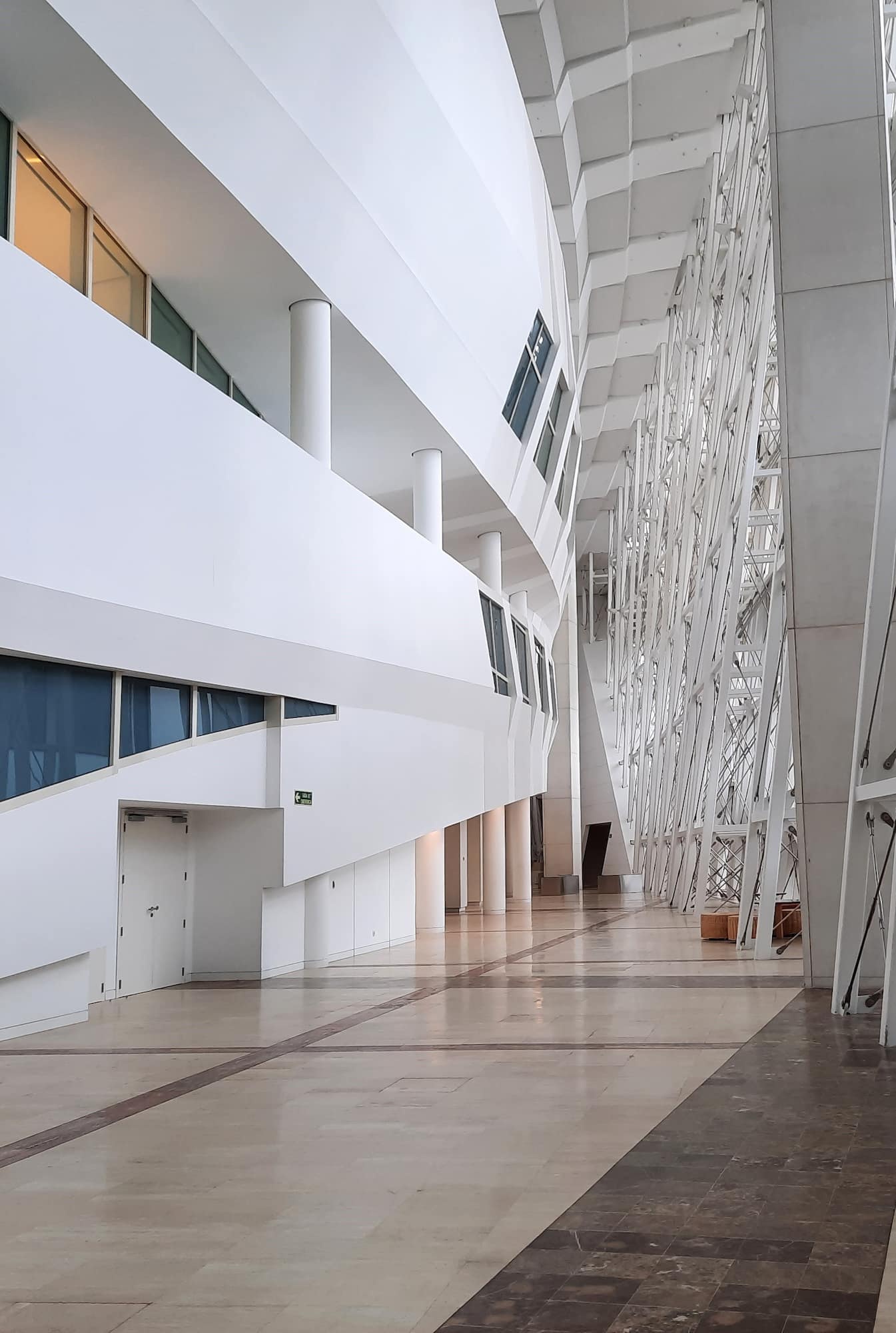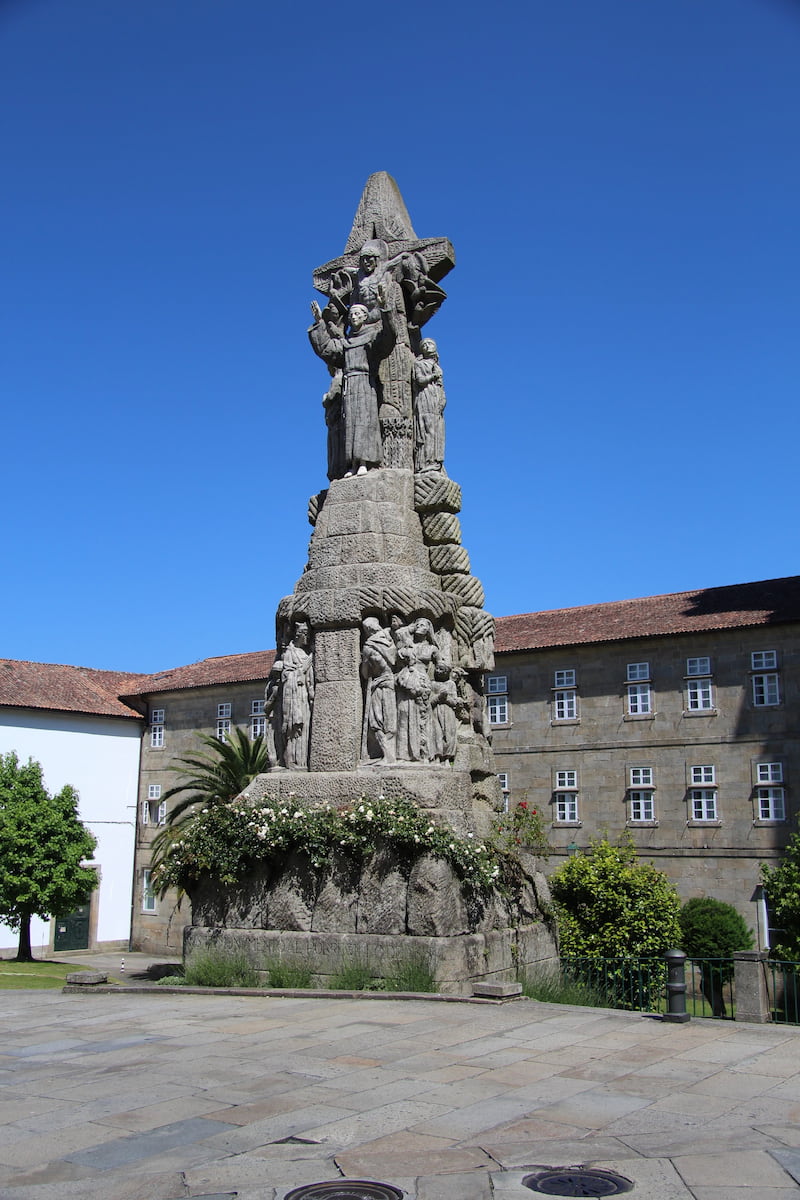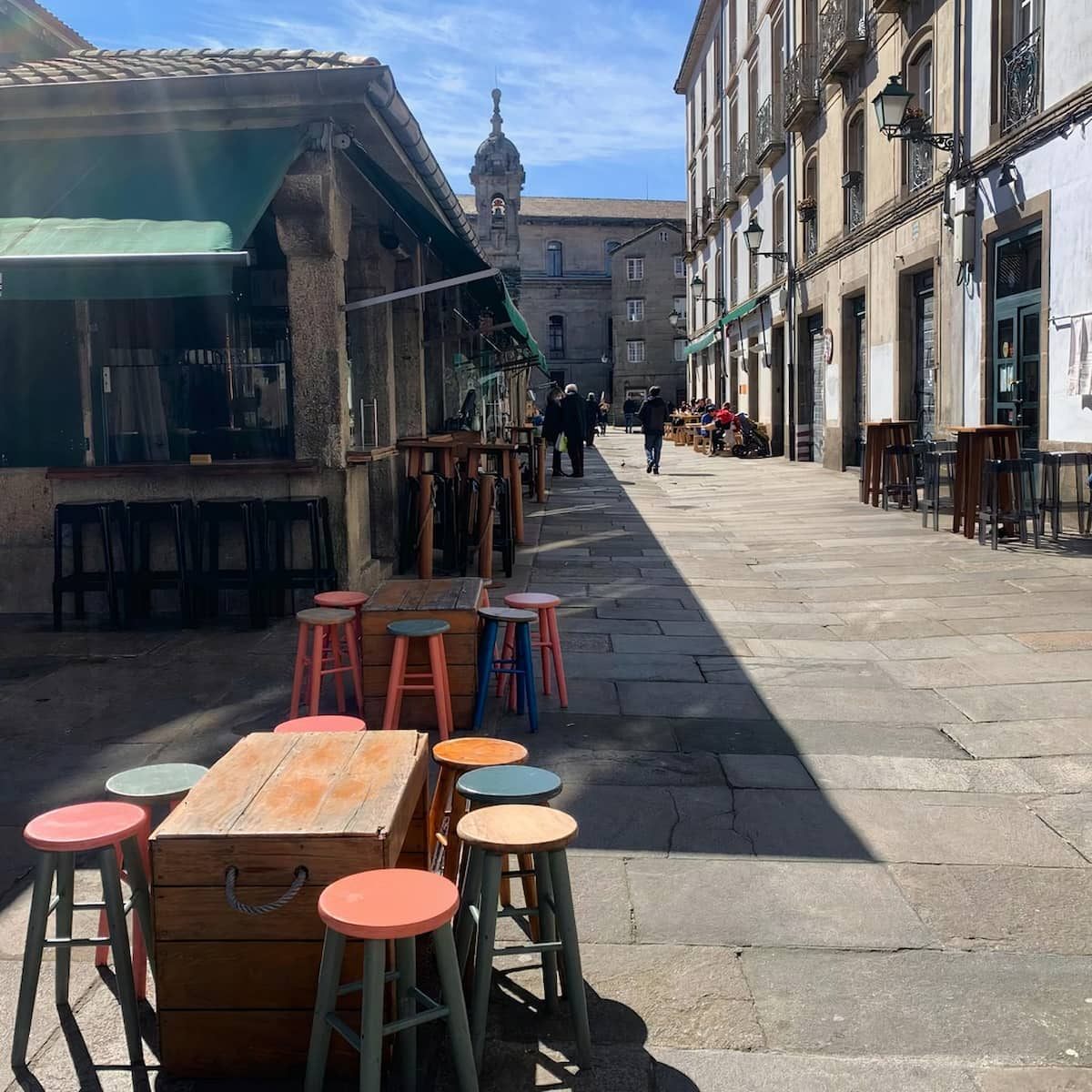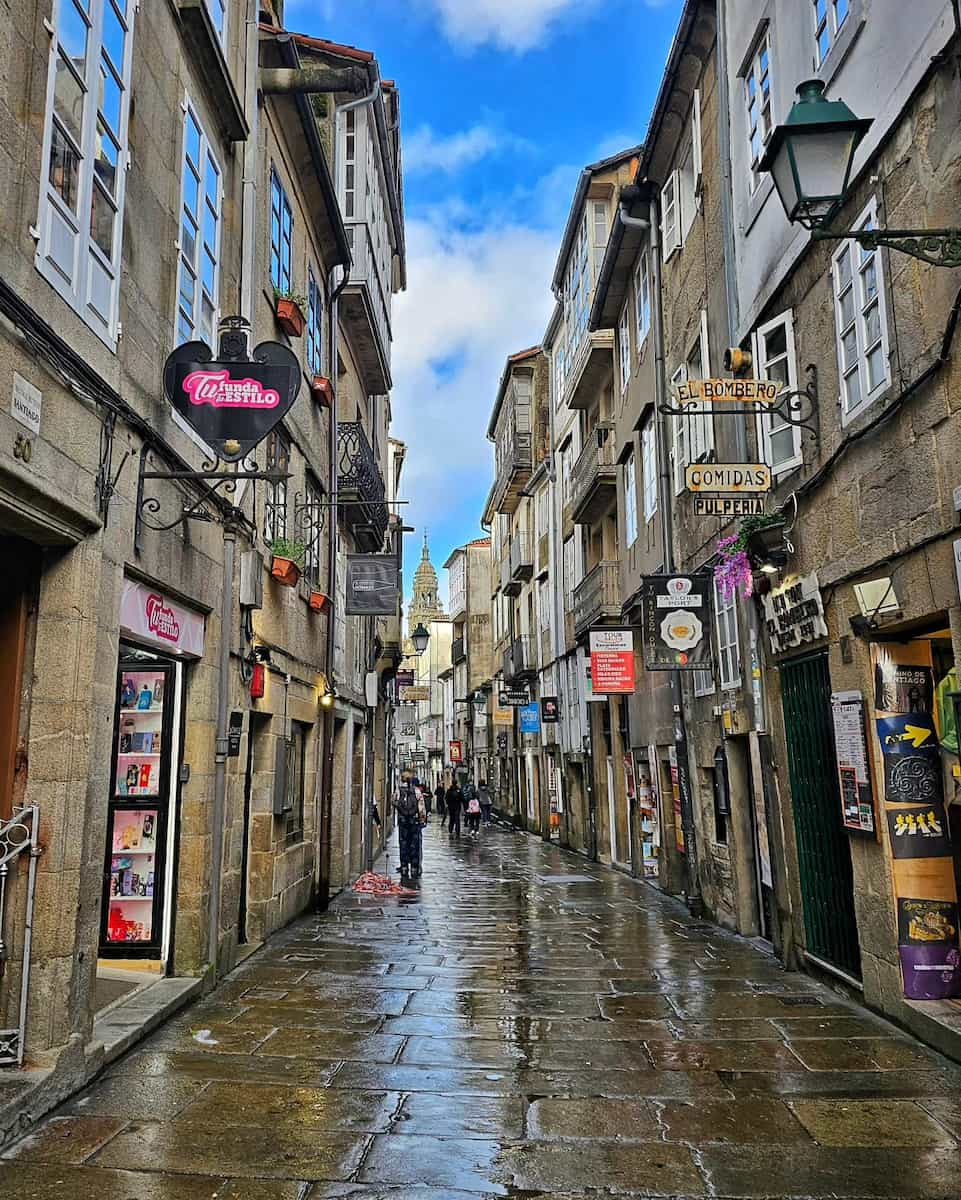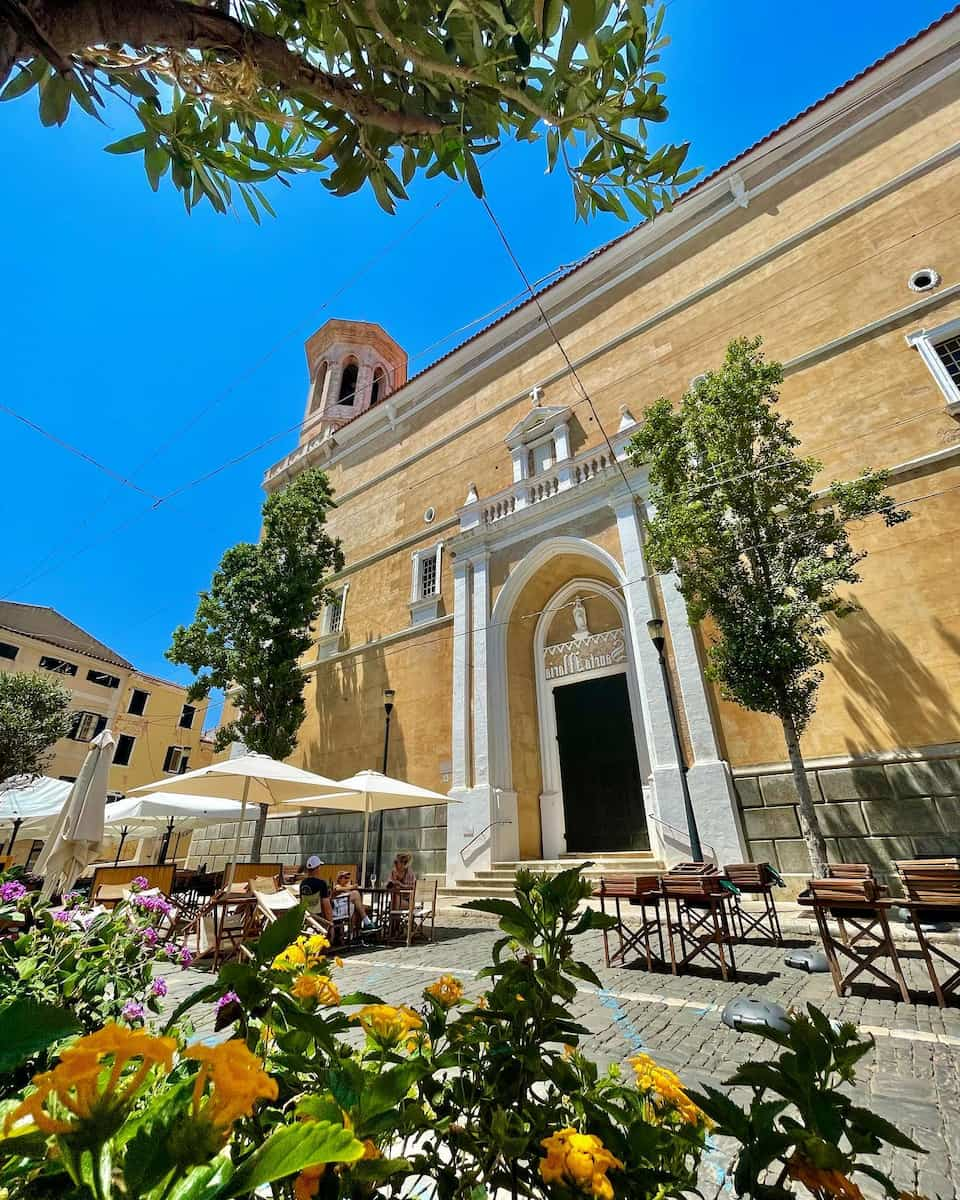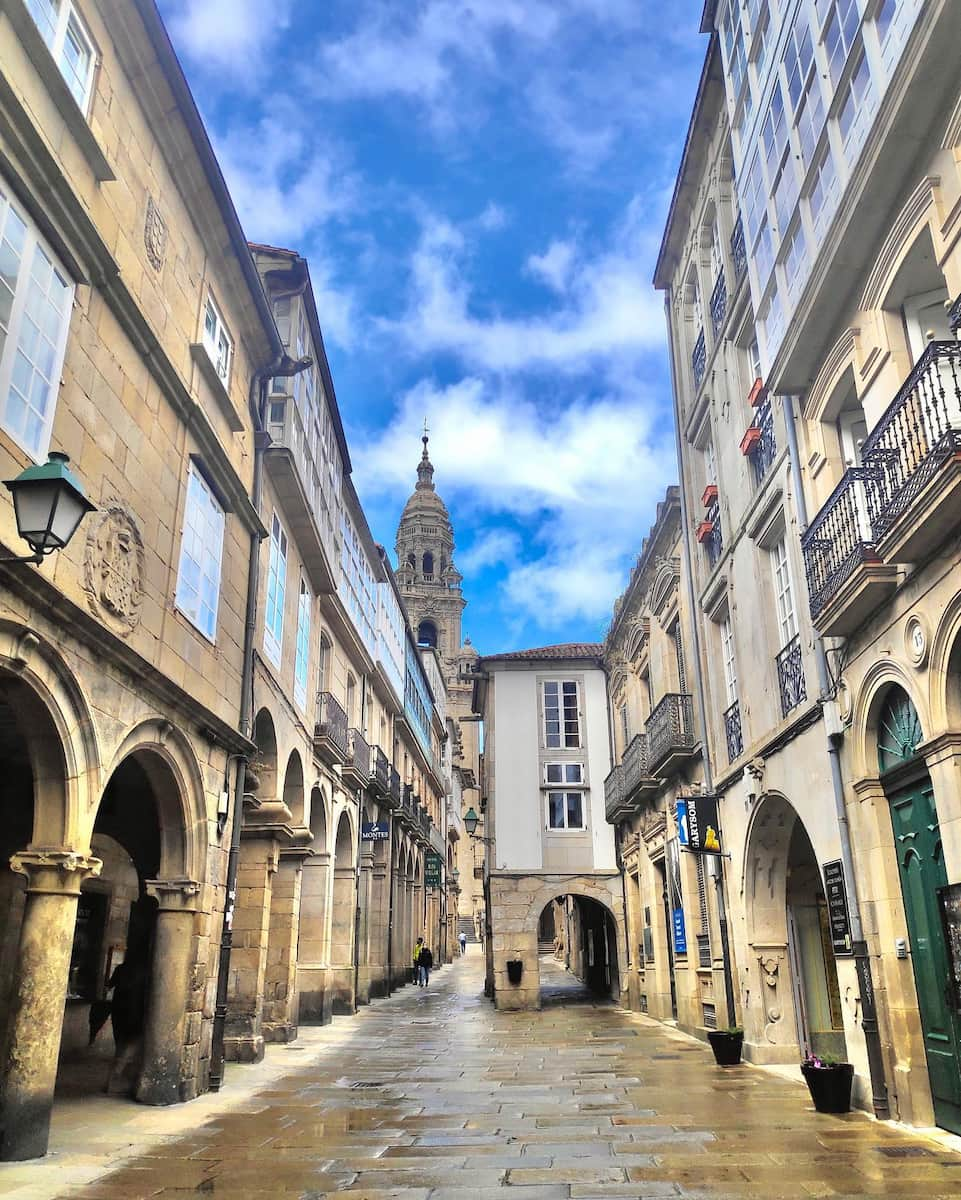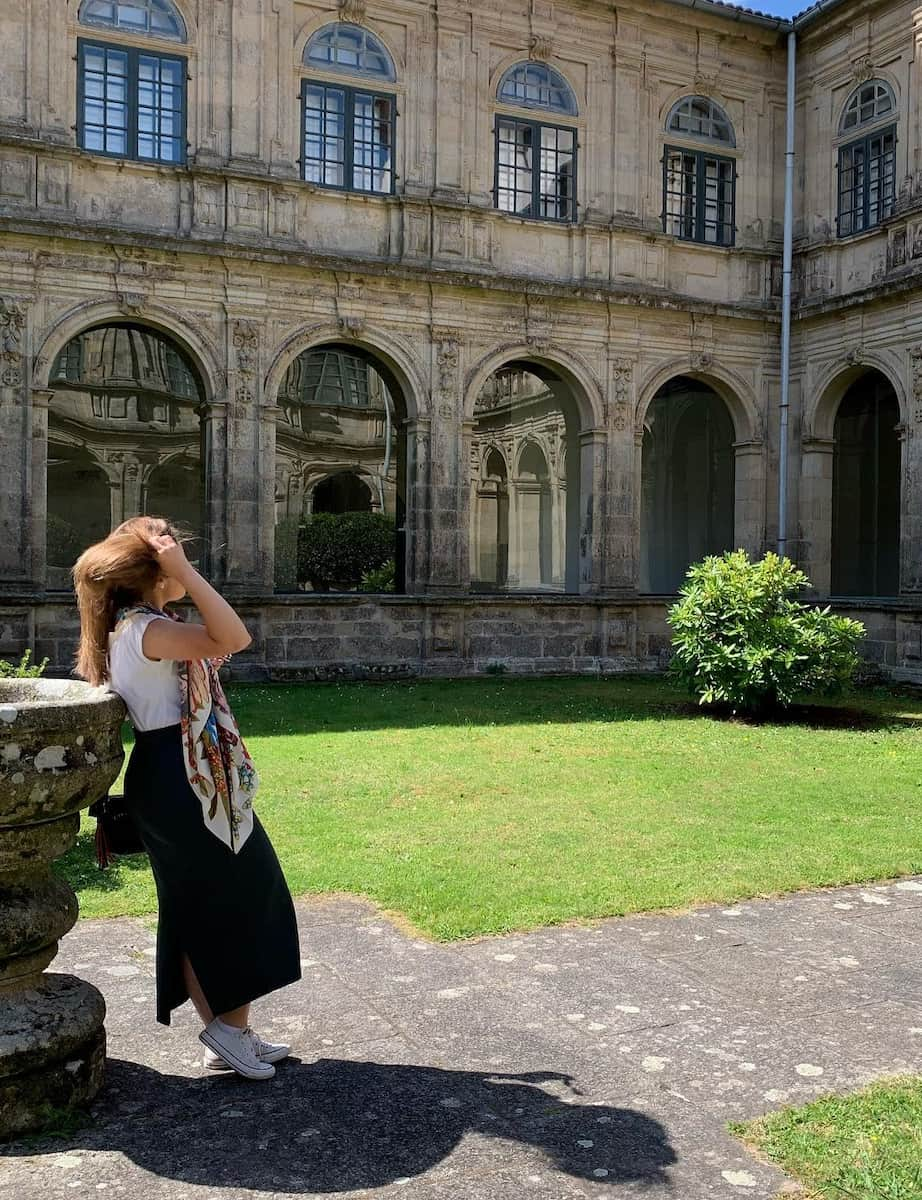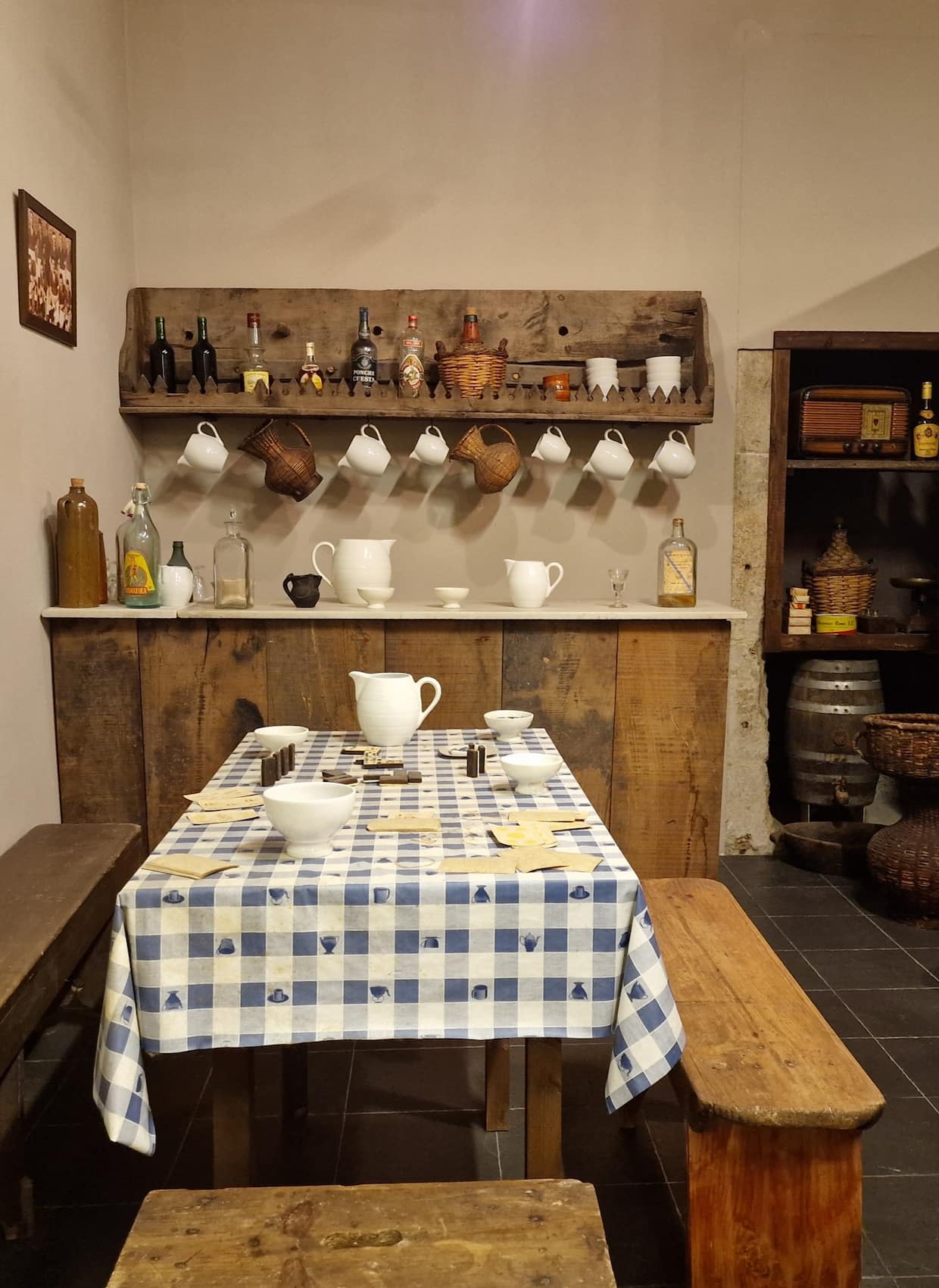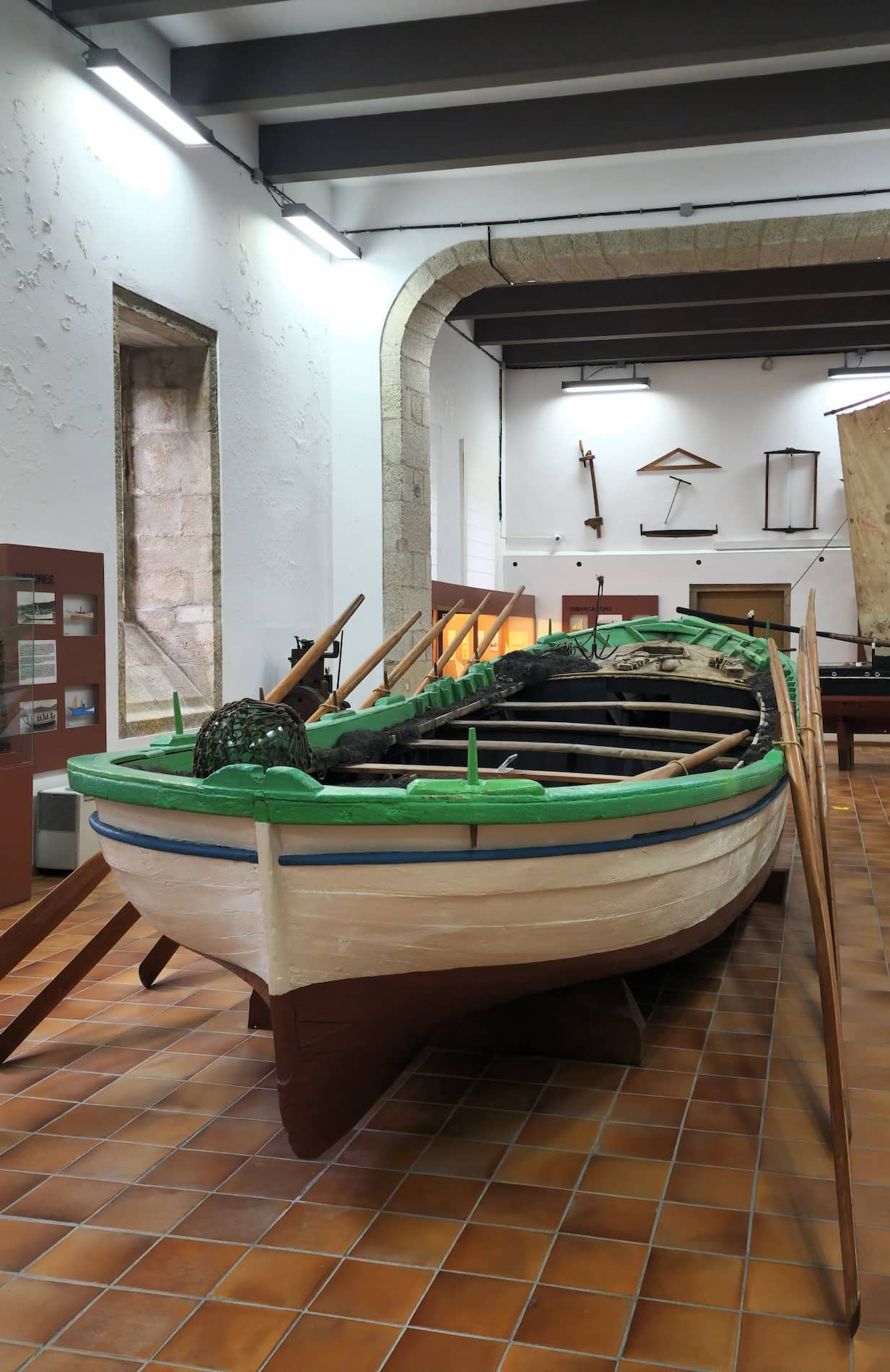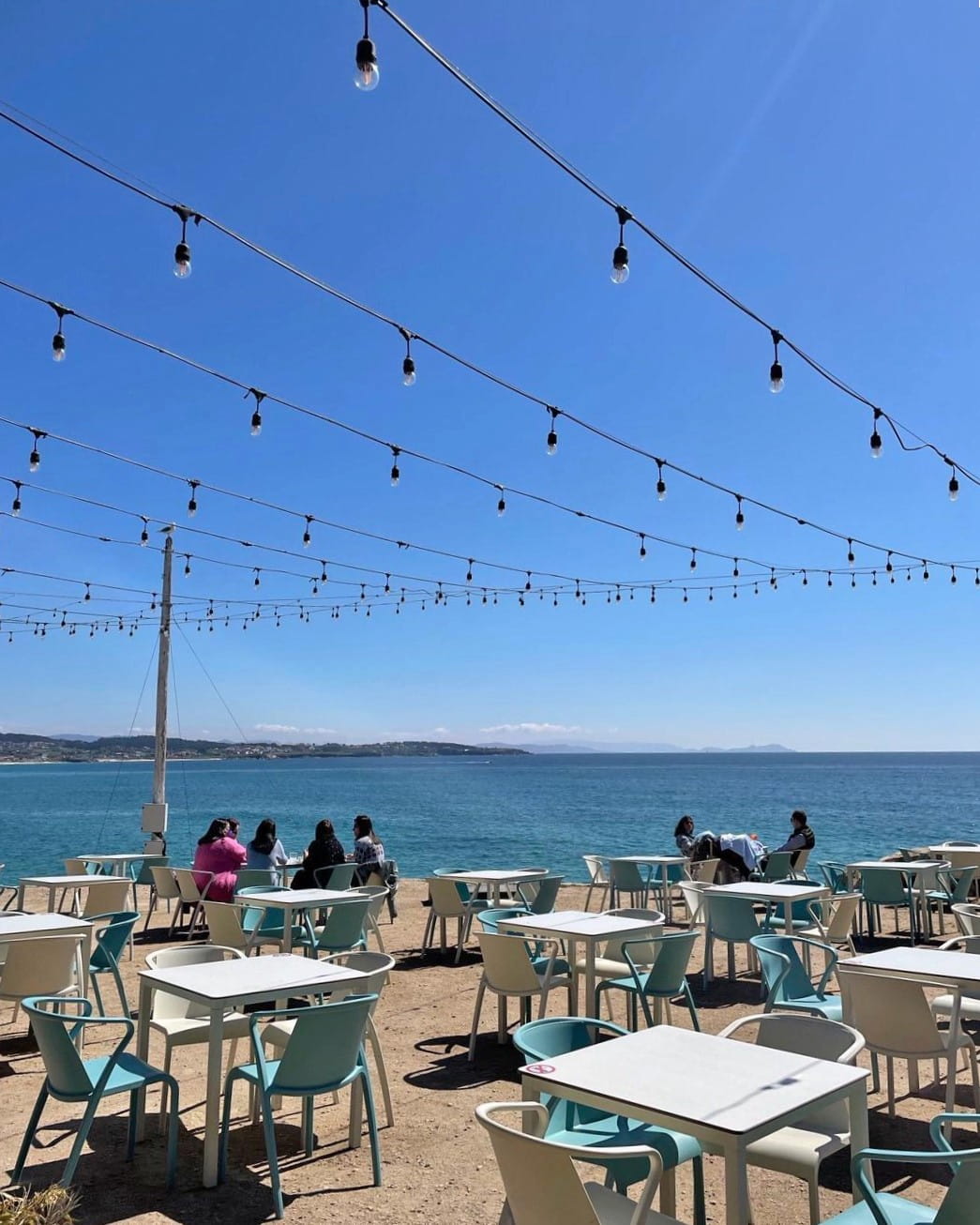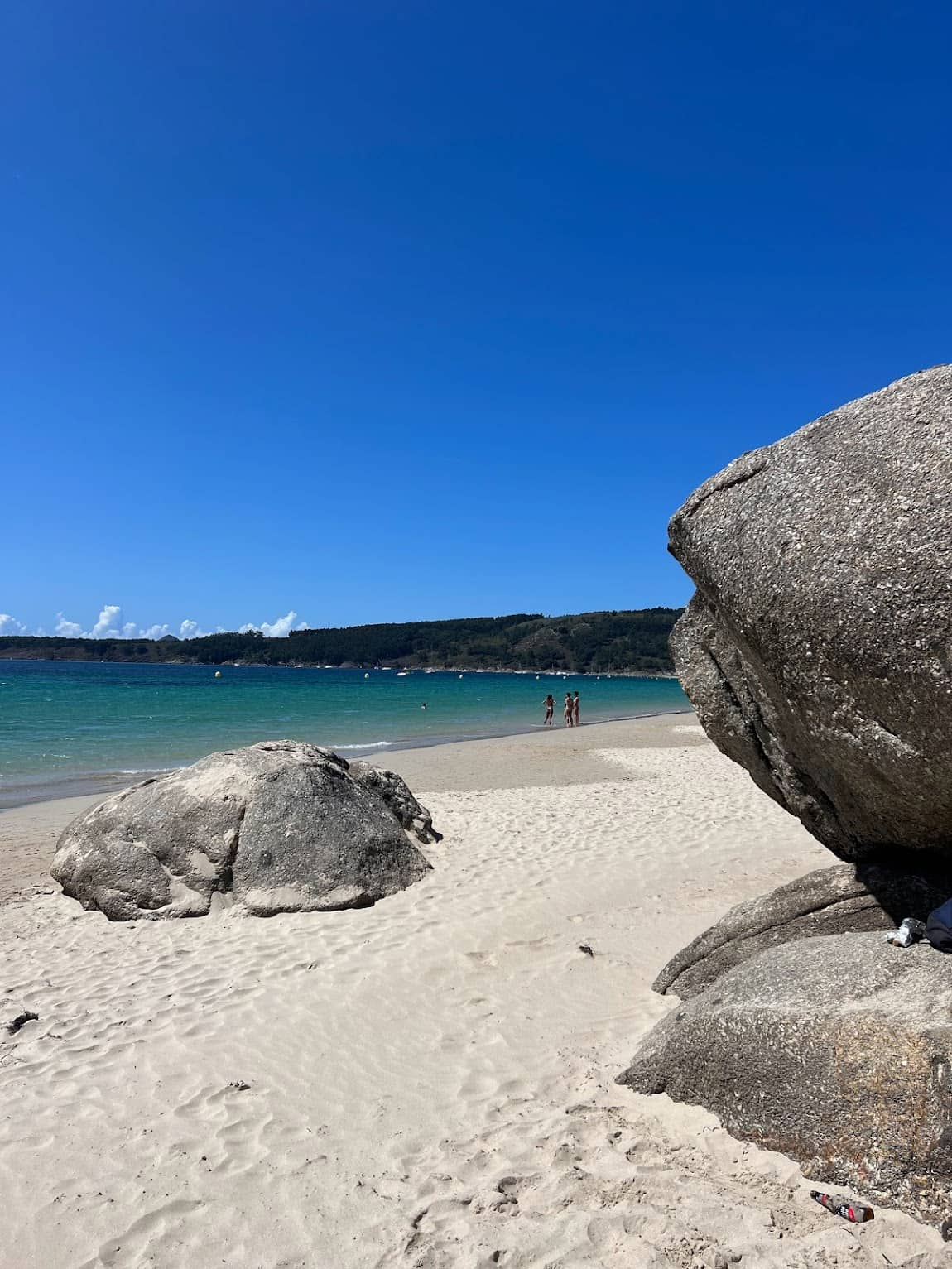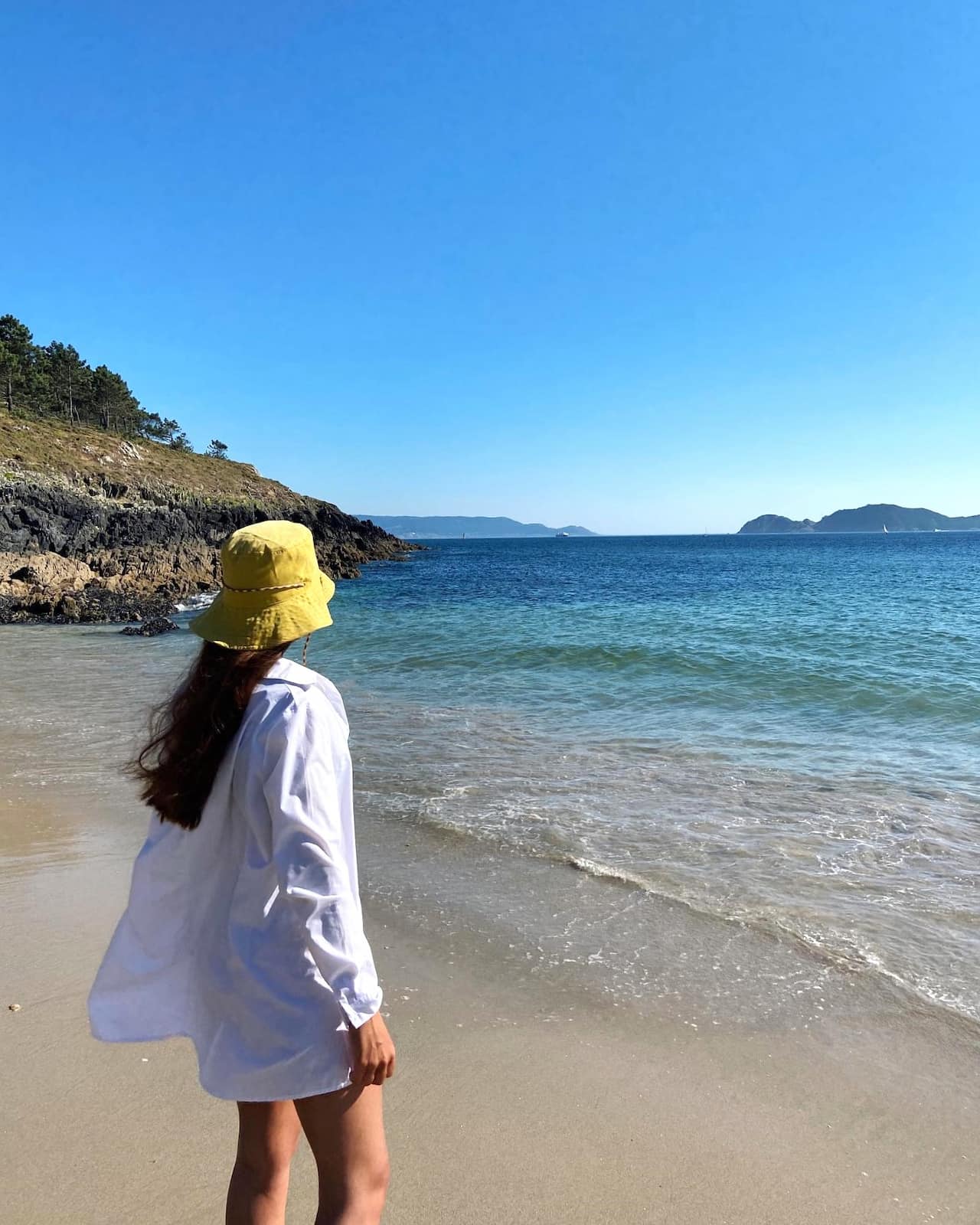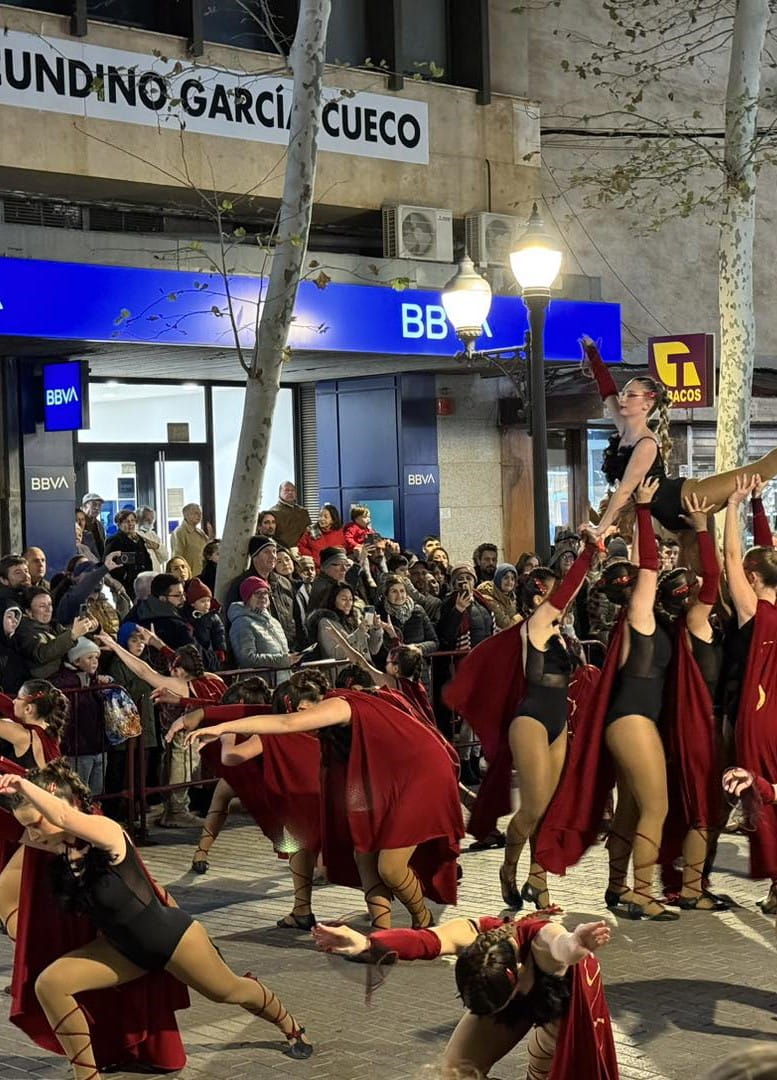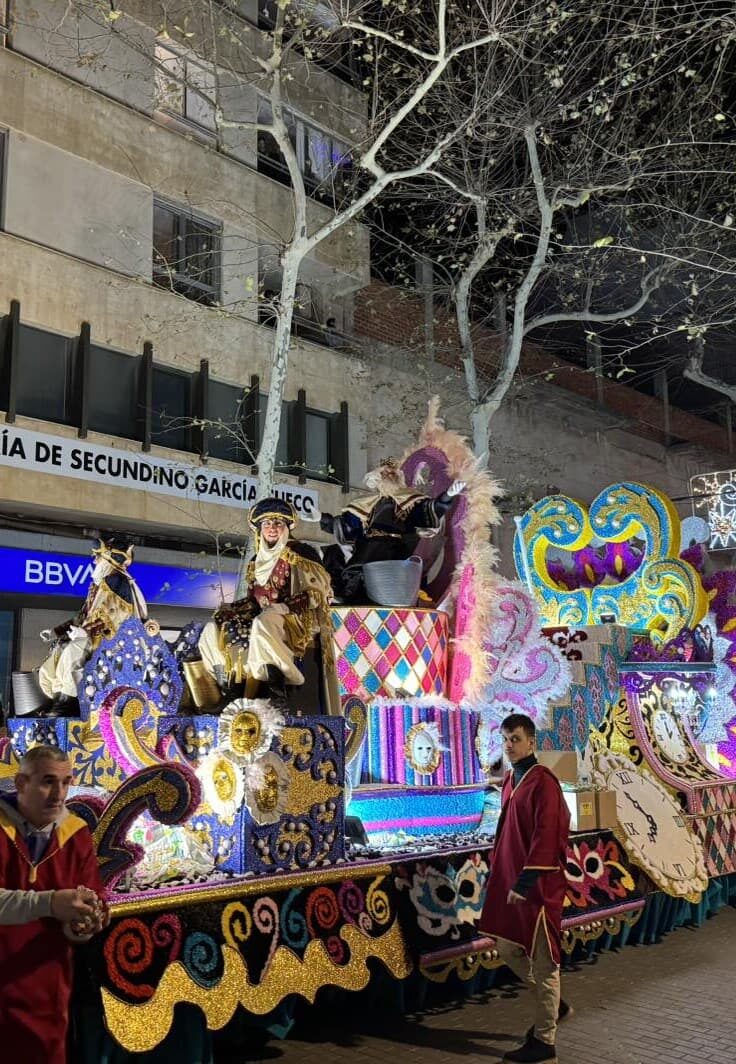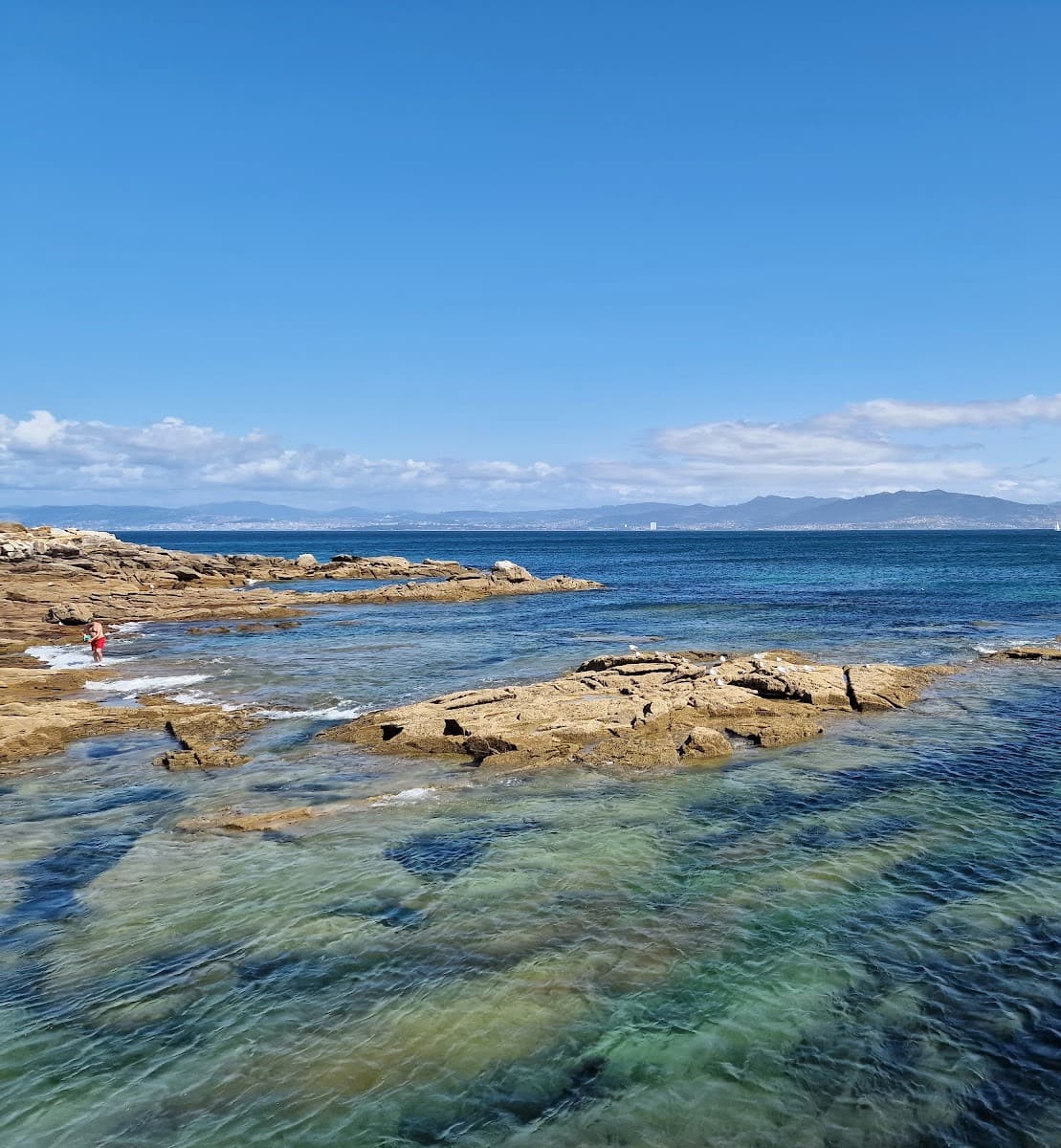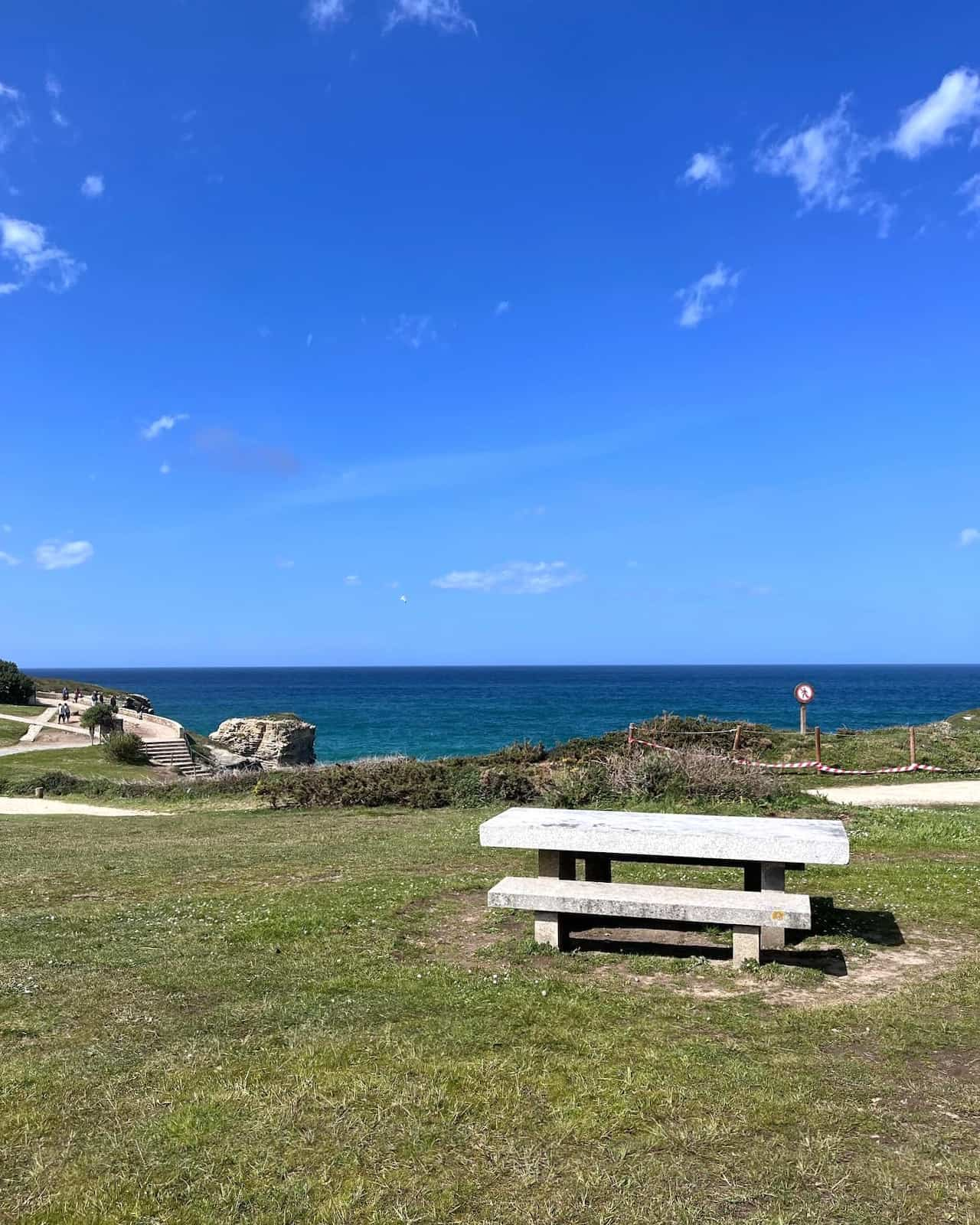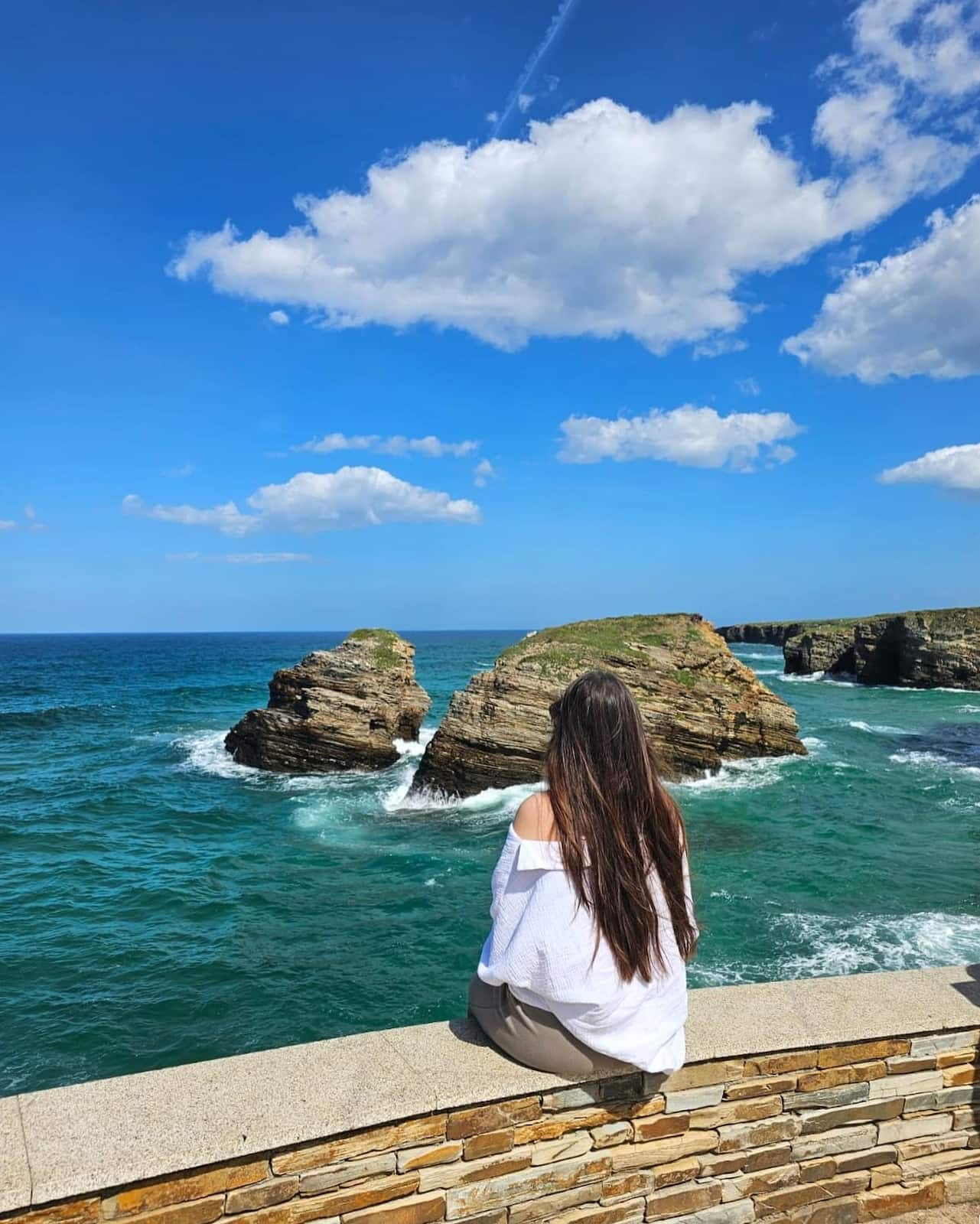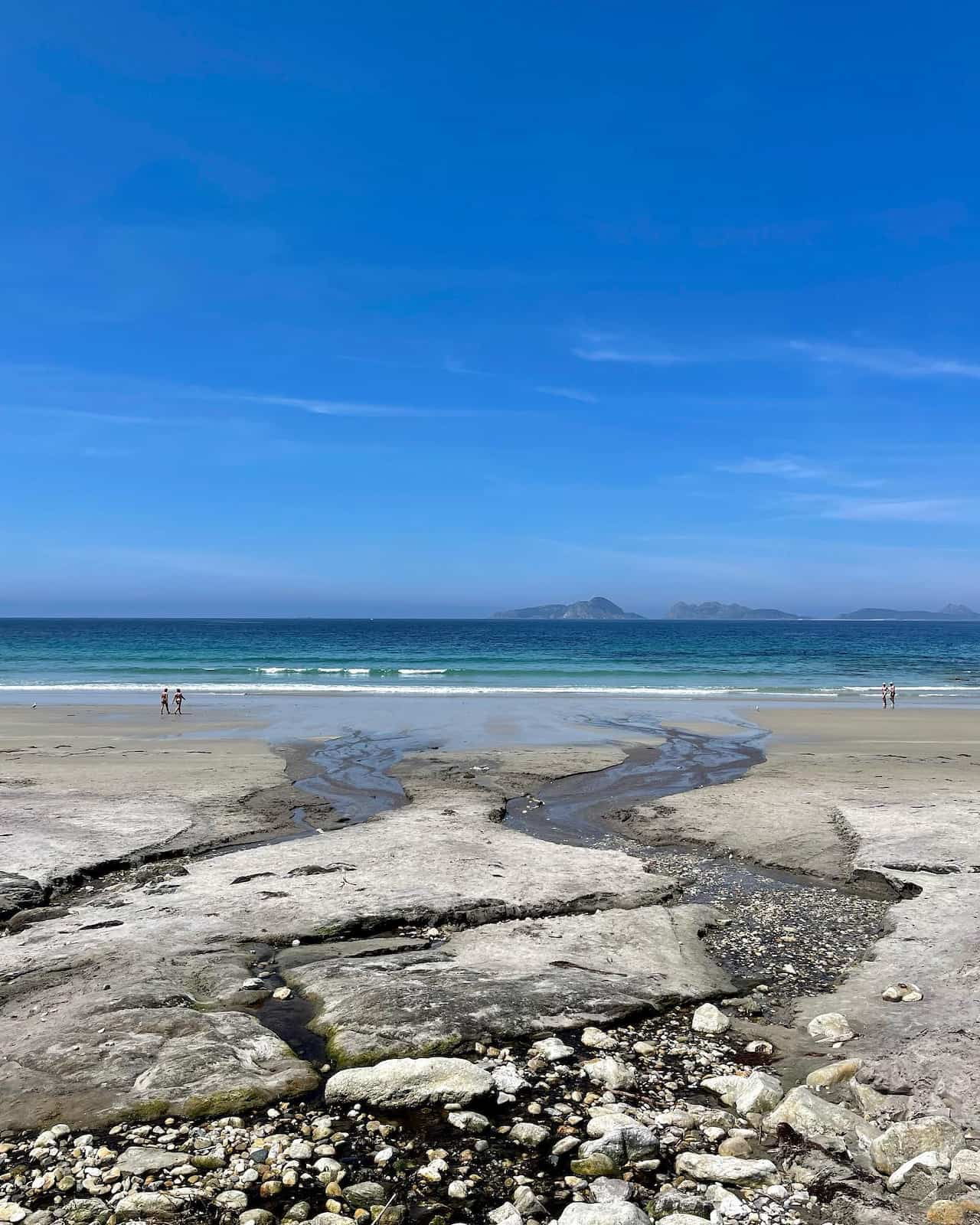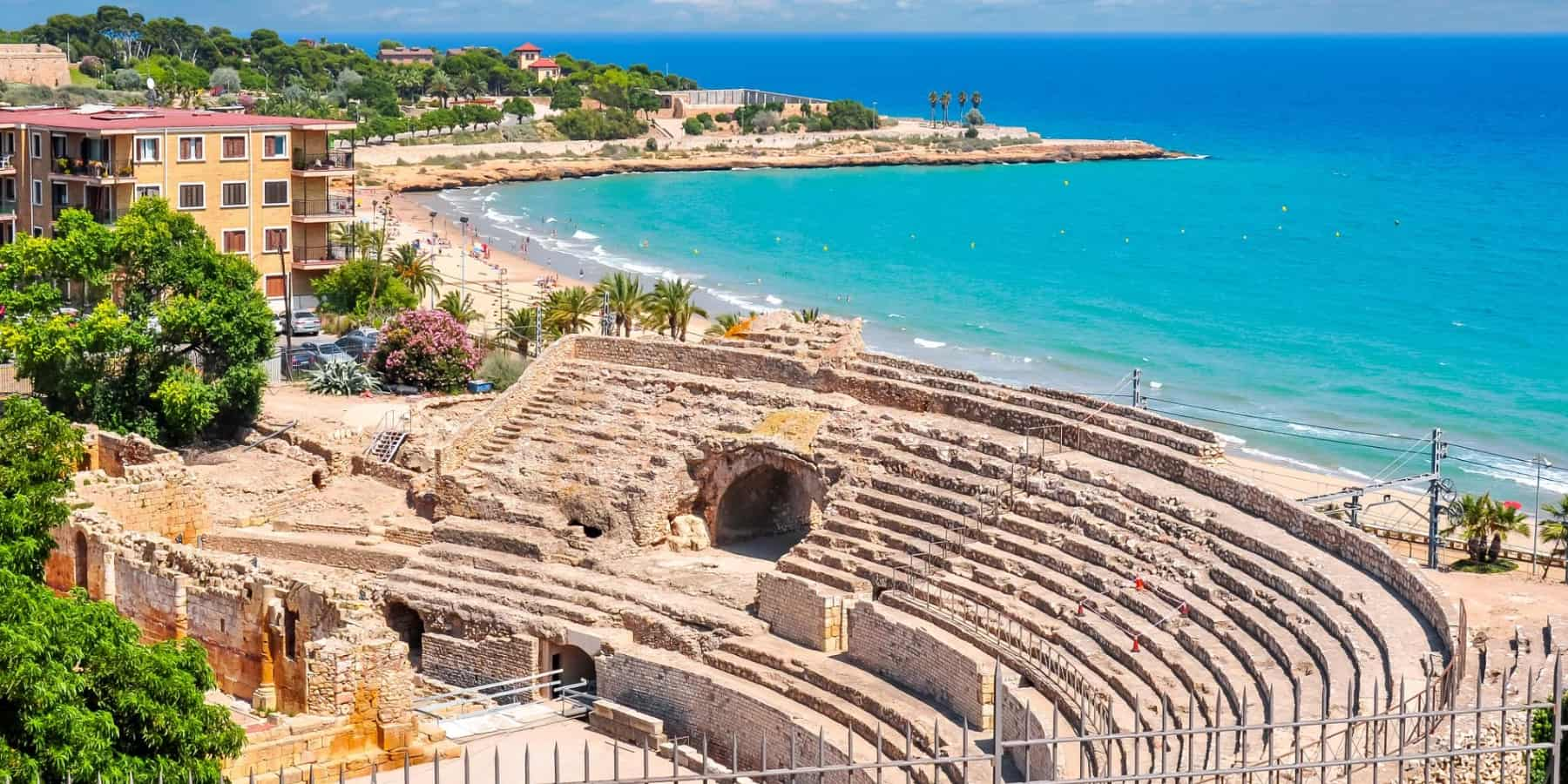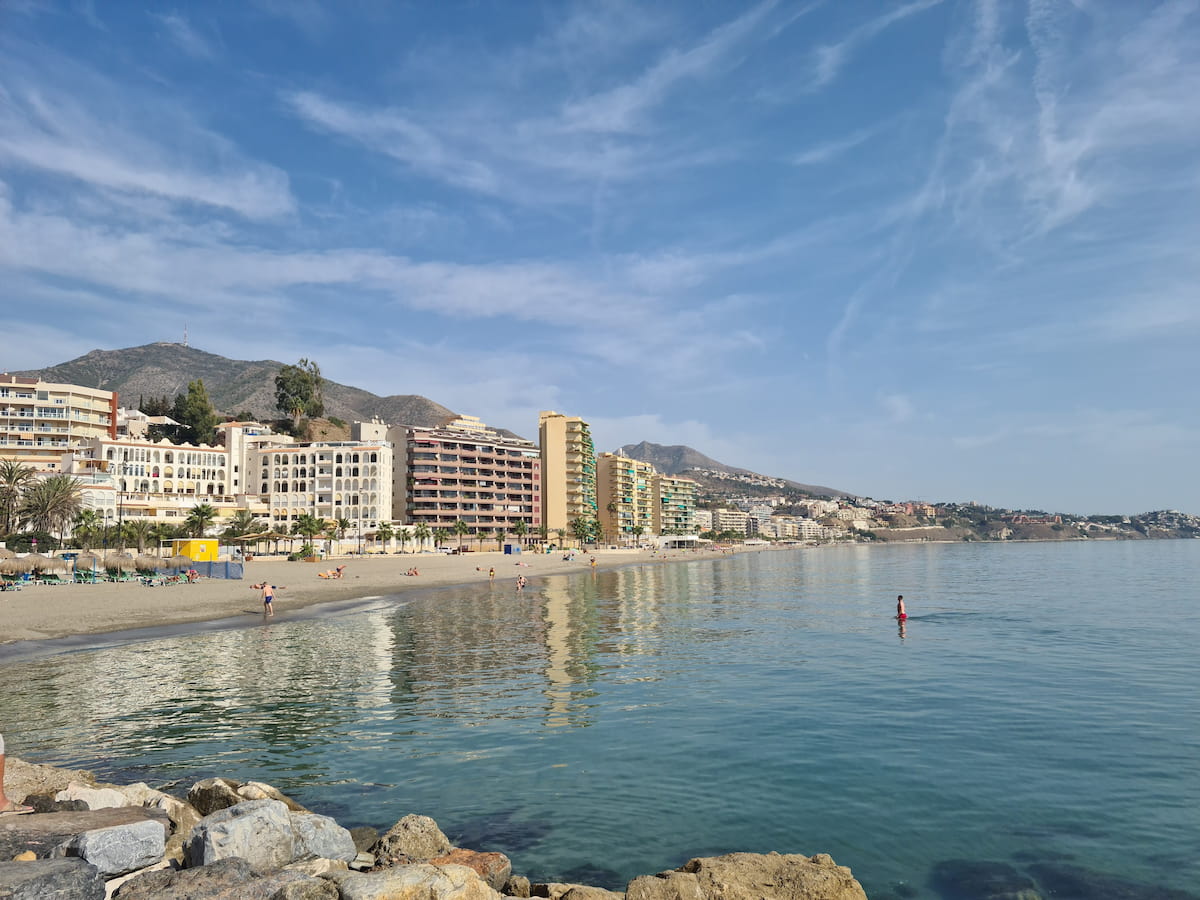Nestled in the heart of northern Spain, Santiago de Compostela captivates visitors with its UNESCO World Heritage historic center and the magnificent Santiago de Compostela Cathedral, marking the legendary endpoint of the Camino de Santiago pilgrimage routes. The granite streets of this Galician capital pulse with cultural life, from bustling tapas bars and cozy cafes to the atmospheric Alameda Park where stunning cathedral views await.
🏠 Where to Stay in Santiago de Compostela
- 💎 Luxury Hotel: Hostal Reis Catolicos
- ✨ 5-Star: NH Collection Santiago
- 🏨 4-Star: Los Abetos
- 🛏️ 3-Star: Gelmirez
- 💸 Cheap: Miradoiro de Belvis
- 🏢 Apartament: Infernino Apartments
- 👨👩👧👦 For Families: Compostela
- 🏩 For Couples: Eurostars Araguaney
The historical center unfolds like a living museum, where the Romanesque Pórtico da Gloria and Gothic-Baroque architecture tell stories of centuries past. Walking through the granite-paved streets of the old town reveals hidden monasteries, charming plazas, and the vibrant Abastos Market, while the region’s famous pulpo á la gallega and fresh seafood tempt food lovers in traditional tabernas.
💁 Best Guided Tours
- Private Walking Tour of Santiago de Compostela with Cathedral Ticket from € 180 (⭐4.9/5)
- Private Tour with Official Galician Guide from € 70 (⭐5/5)
- Excursion to Catedrais Beach, Pancha Island and Asturias from € 65 (⭐4.9/5)
- Day Trip to A Coruña and Betanzos from € 60 (⭐4.6/5)
Best Things To Do in Santiago de Compostela
1. ⛪ Cathedral of Santiago de Compostela
Sacred Marvel: The cathedral stands as the ultimate goal of countless pilgrimage routes, its Romanesque structure adorned with Gothic and Baroque elements that tell stories spanning centuries. The recently restored Pórtico da Gloria, a masterpiece by Mestre Mateo, showcases intricate Romanesque sculptures that have amazed visitors since the 12th century, while the famous Botafumeiro, one of the world’s largest thuribles, swings dramatically across the transept during special ceremonies.
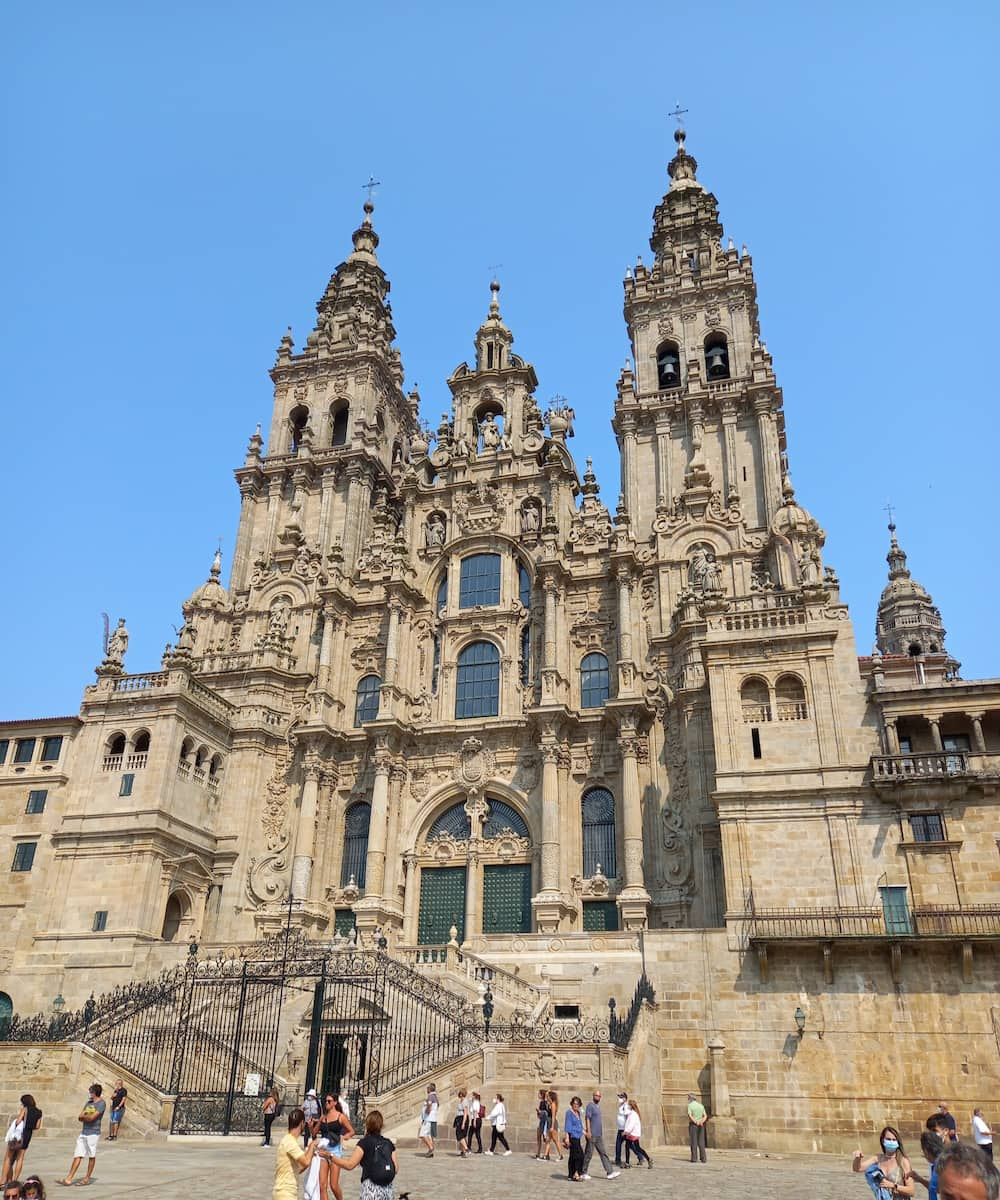
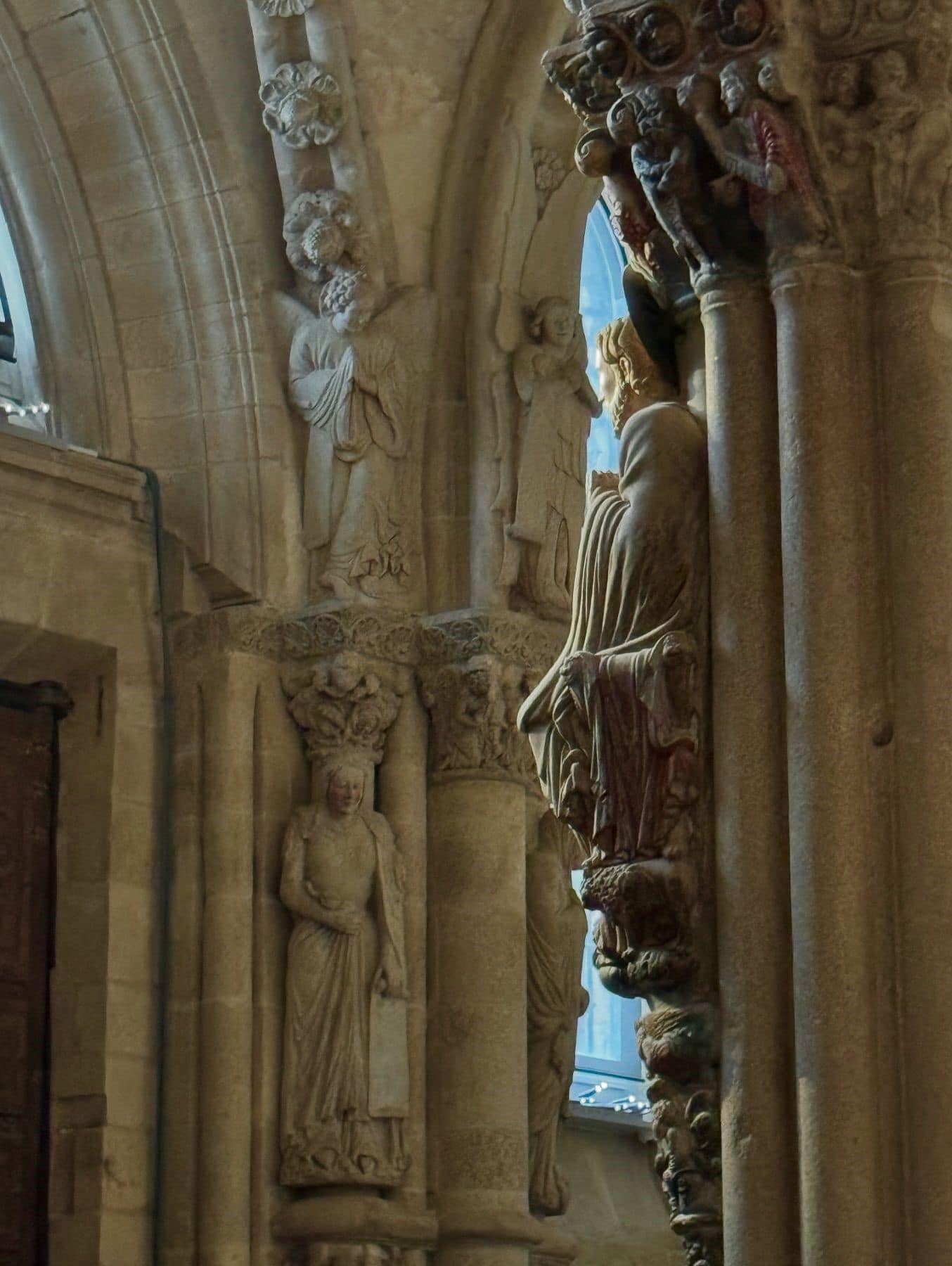
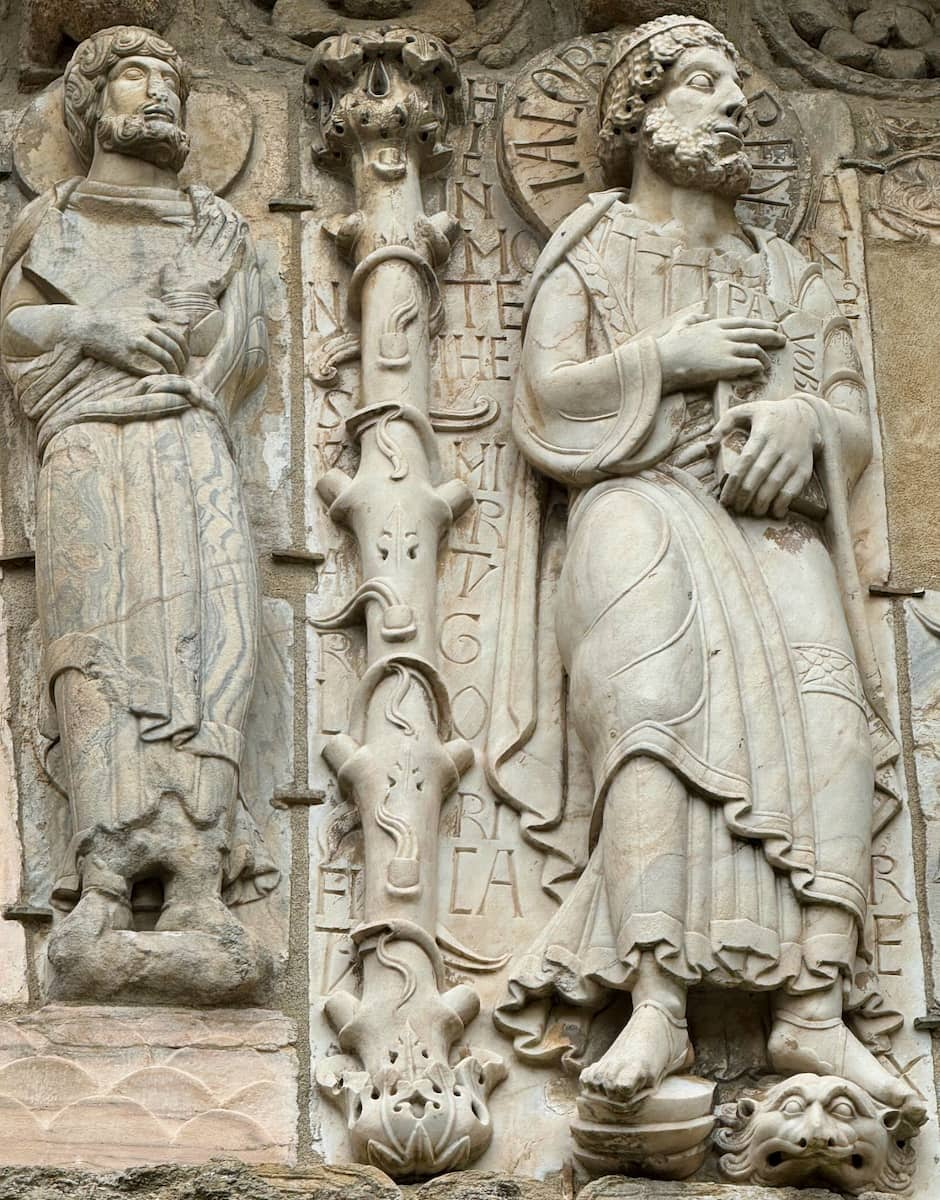
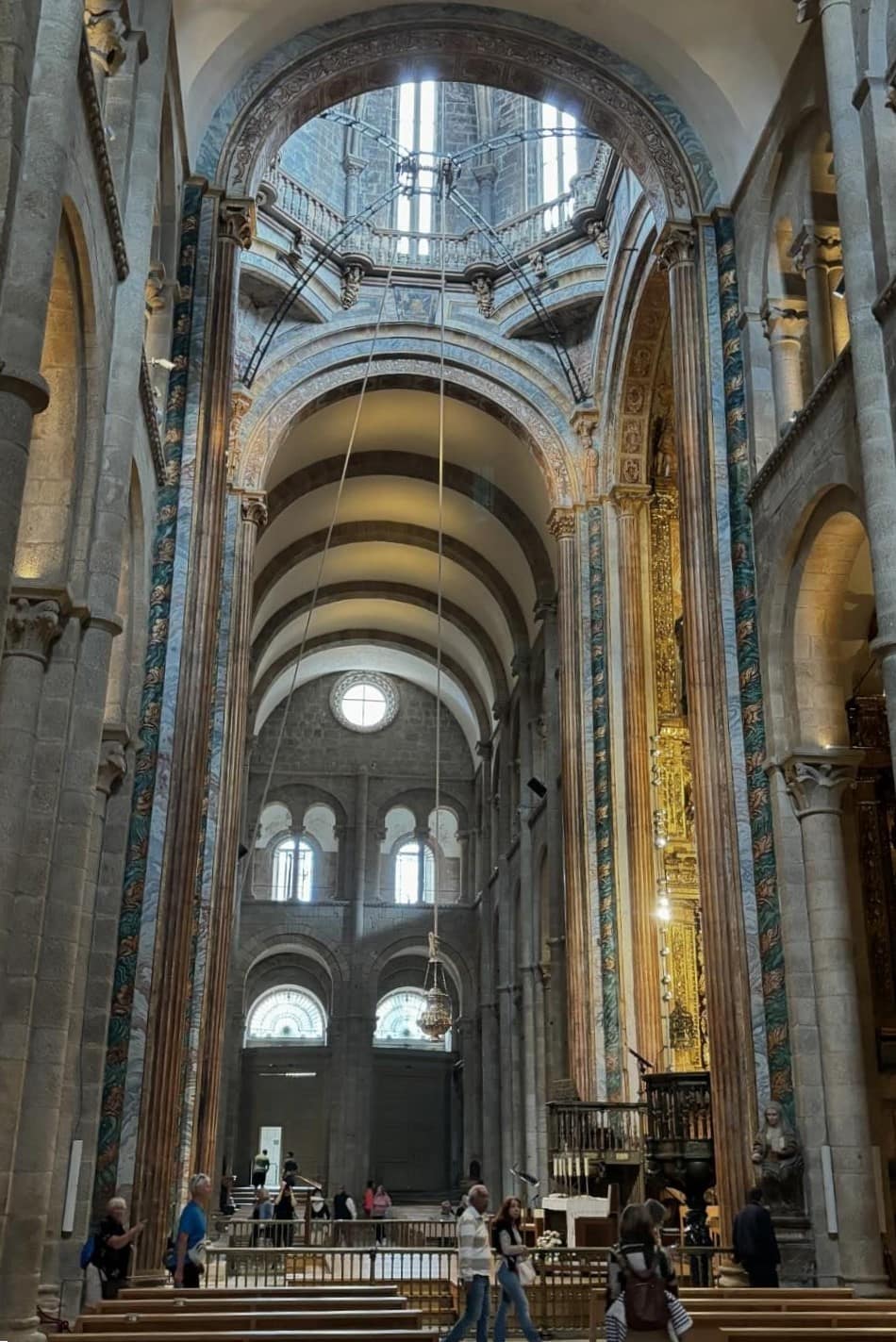
Spiritual Journey: Inside, the cathedral museum houses precious artifacts and religious treasures that illuminate the history of both the building and the Camino de Santiago. The traditional pilgrim rituals include embracing the statue of Saint James, visiting his tomb in the crypt, and attending the daily Pilgrim’s Mass where the Botafumeiro might swing on special occasions.
Time Saver: Book rooftop tours online at least two days in advance and arrive for the Pilgrim’s Mass 30 minutes early to secure a seat – the best times are weekday mornings to avoid the largest crowds.
⭐ Best activities
- Tour: Private Walking Tour of Santiago de Compostela with Cathedral – This private walking tour offers an intimate exploration of Santiago de Compostela’s UNESCO-listed historic center and its crown jewel, the magnificent Cathedral.
- Ticket online: Santiago de Compostela Cathedral and Museum: Ticket – Discover the Cathedral of Santiago de Compostela alongside an expert guide.
2. 🏺 San Martiño Pinario Monastery
Religious Grandeur: As Spain’s second-largest religious building after El Escorial, this baroque monastery dominates Santiago’s skyline with its imposing facade. The monastery’s church features an extraordinary baroque altarpiece and valuable artistic treasures.
Cultural Treasury: The monastery museum houses an impressive collection of religious art, including medieval sculptures and rare manuscripts. The building’s architecture represents the pinnacle of Galician baroque style.
Money Saver: Purchase a combined ticket that includes access to both the monastery and its museum, and visit early in the morning to avoid tour groups.
⭐ Best tour
- Walking Tour of the Hidden Secrets of Santiago – This fascinating walking tour reveals the hidden secrets and lesser-known stories of Santiago de Compostela’s historic center, taking you beyond the main tourist attractions.
3. 🎨 Galician Contemporary Art Centre (CGAC)
Modern Marvel: The striking modern building designed by Portuguese architect Álvaro Siza provides a dramatic contrast to Santiago’s medieval architecture. The center houses rotating exhibitions of contemporary art from both international and Galician artists, creating a dynamic cultural space in the historic city.
Cultural Hub: The museum’s innovative design creates fascinating interactions between light and space, while its location next to Santo Domingo de Bonaval Park offers stunning views of the old town. The center regularly hosts workshops, lectures, and special events that bring contemporary art to life.
Money Saver: Visit on Tuesday afternoons for free admission and combine with a walk in the adjacent park for the best city views.
4. 🏛️ Casa do Cabildo
Baroque Beauty: Built in 1758, this aristocratic residence represents one of the finest examples of Galician baroque architecture. Its intricate facade creates a stunning visual display that exemplifies the artistic achievements of 18th-century craftsmen.
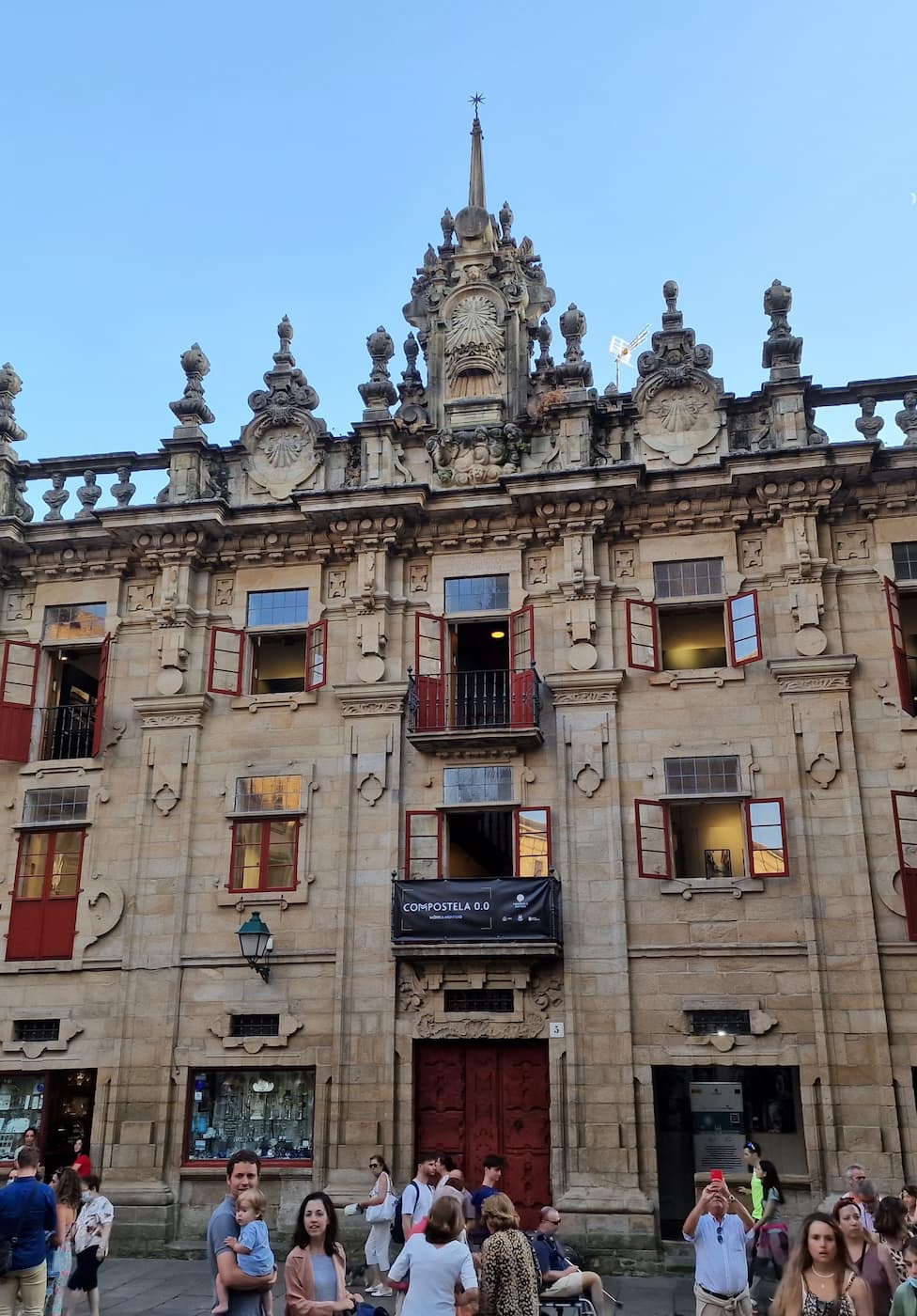
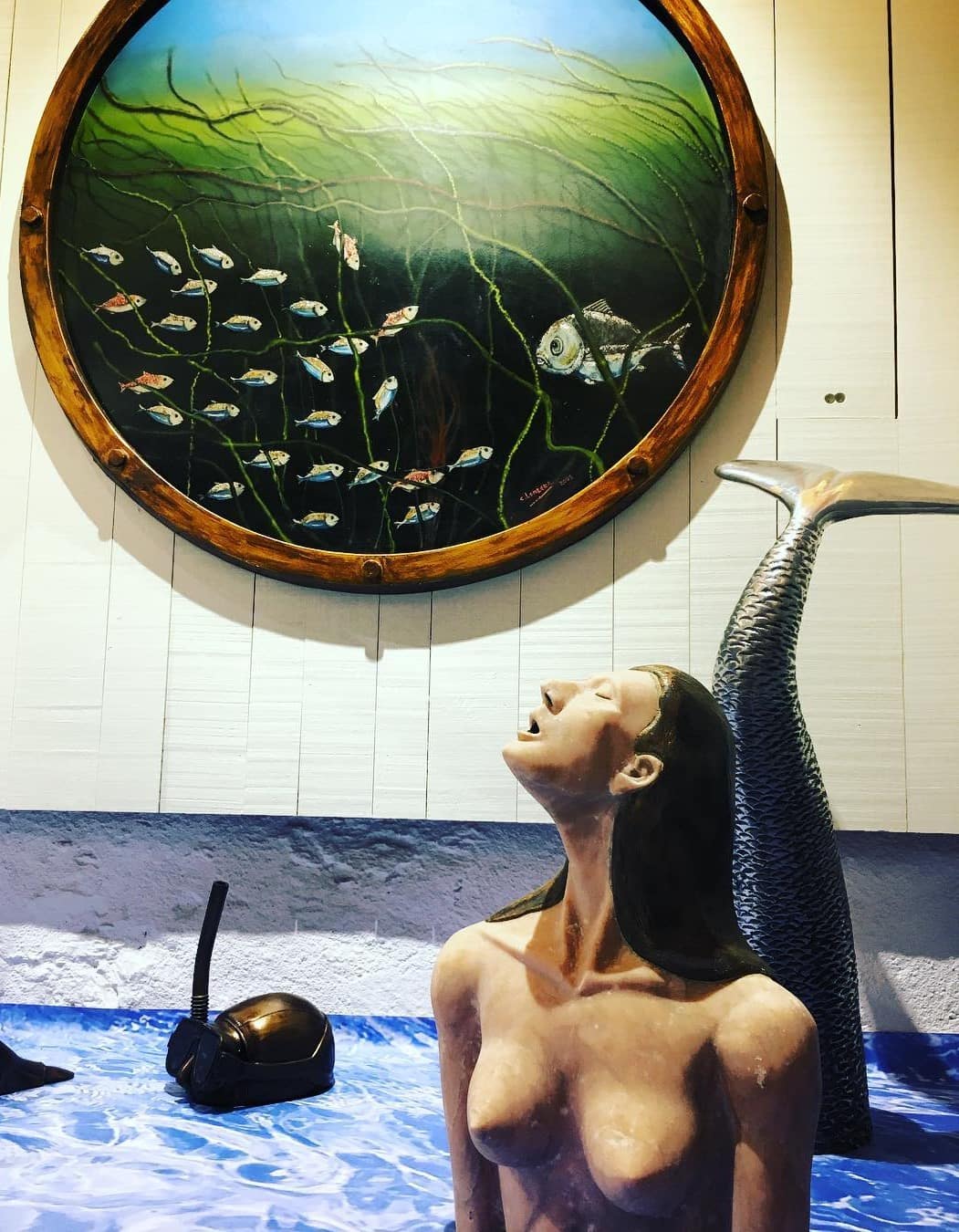
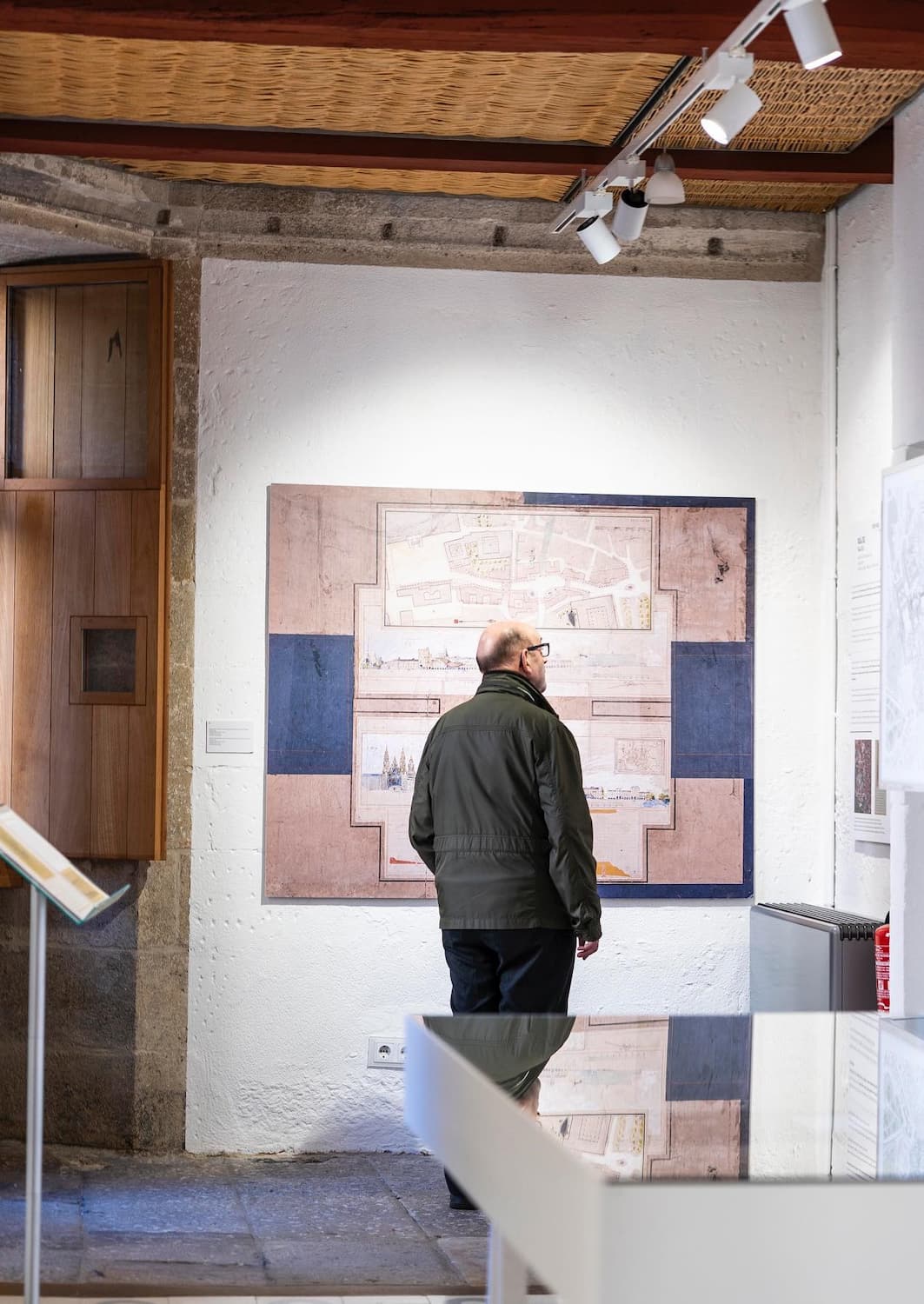
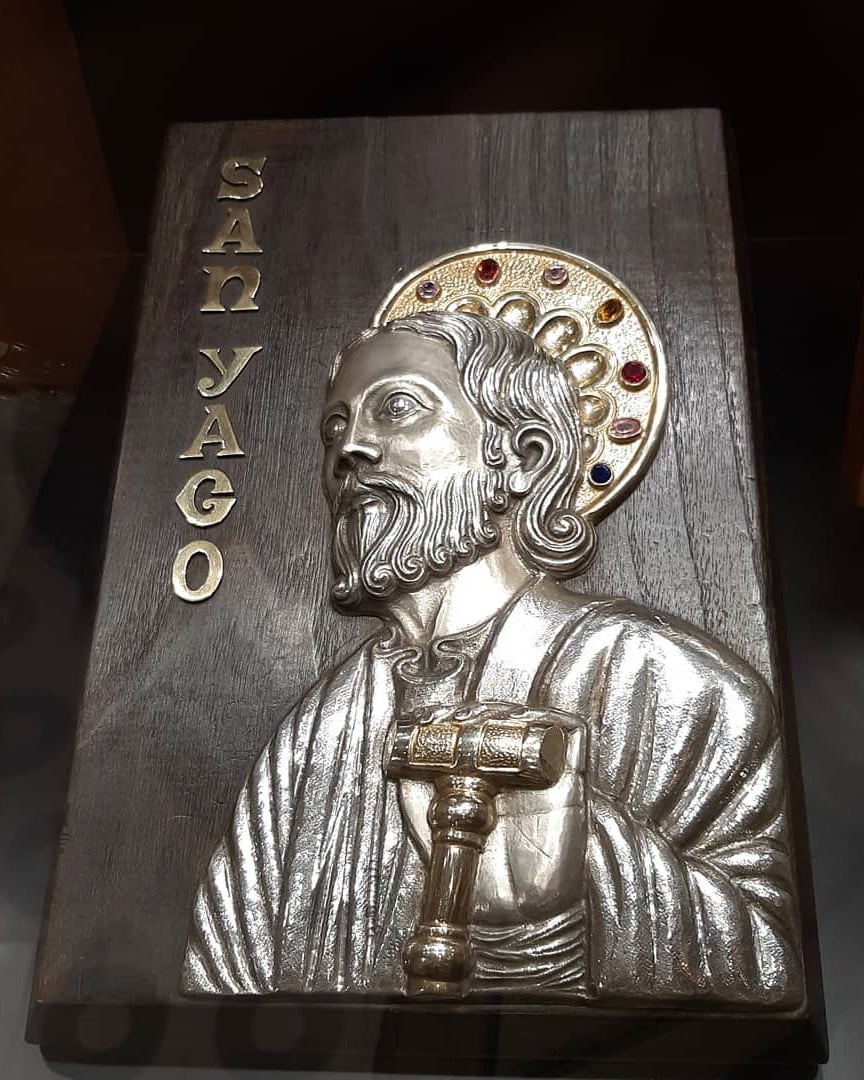
Cultural Treasury: Now serving as an exhibition space, the building hosts rotating displays of art and cultural artifacts that highlight Santiago’s rich heritage. Each room reveals different aspects of Galician culture and history.
Insider Tip: Visit during the morning hours when the sunlight best illuminates the baroque details of the facade, and combine with a visit to the adjacent Praza das Praterías.
⭐ Best tour
- Santiago: City Highlights Guided Walking Tour – Welcome to Santiago de Compostela, where the streets tell the story of centuries of pilgrimage. Discover the majesty of the Cathedral and immerse yourself in the rich history of its Old Town.
5. 🏰 Hostal dos Reis Católicos
Royal Heritage: This historic building, now a Parador hotel, was originally built in 1499 as a royal hospital to care for pilgrims. The building features four beautiful courtyards and combines Gothic, Renaissance, and Baroque architectural elements.
Cultural Significance: The hostal stands as one of the oldest hotels in the world and continues to offer refuge to pilgrims, maintaining a centuries-old tradition. Its location on Plaza del Obradoiro makes it an integral part of Santiago’s most important square.
Insider Tip: Even if you’re not staying here, visit the stunning courtyards during quiet afternoon hours and enjoy a coffee in the historic café.
⭐ Best activities
- Tour: Get to know Santiago in 4 hours – Experience the wonders of Santiago de Compostela with our complete guided visit, including entrance tickets to the Cathedral, and fall in love with it.
- Ticket online: Parador de Santiago de Compostela: Ticket – Discover an incredible combination of art and history on this guided tour.
Things to Do in Santiago de Compostela with Kids
1. 🌳 Alameda Park
Green Oasis: The park spans over 45 hectares and features three distinct sections: Paseo da Ferradura, Carballeira de Santa Susana, and Paseo dos Leóns. Over 90 different species of plants thrive here, including ancient oak trees that have witnessed centuries of Santiago’s history.
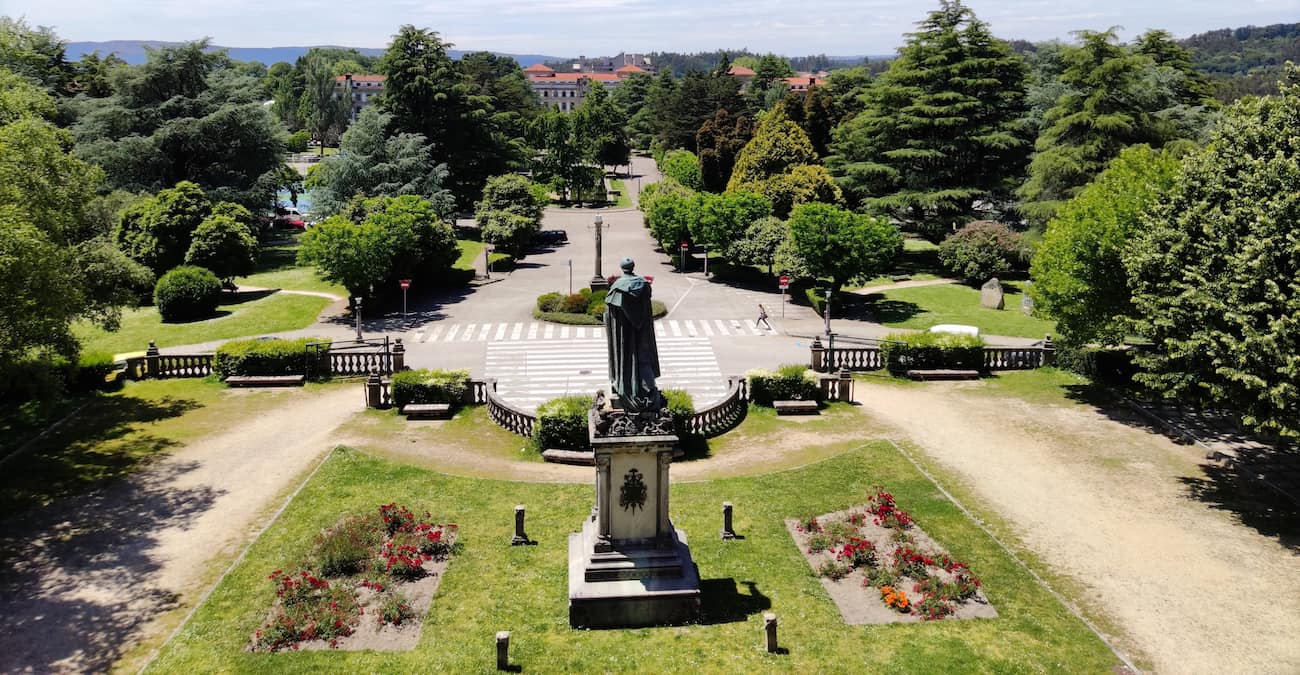
Cultural Legacy: The park houses significant monuments including the famous ‘As Duas Marias’ statues, the Church of Santa Susana, and a romantic-era music kiosk where concerts are still performed today. The Paseo da Ferradura offers the most photographed views of the cathedral and old town.
Top Tip: Visit during sunset for spectacular cathedral views and bring your camera to capture the golden hour light on the city’s spires.
⭐ Best tour
- Tour Privado Secretos de Compostela – Discover the secrets that the stones of Santiago hide in a different and fun way. You will see the facades of the Cathedral and the most prominent streets of the old area.
2. 🎨 Cidade da Cultura
Modern Marvel: This contemporary cultural complex sits atop Monte Gaiás, offering a striking contrast to Santiago’s medieval architecture with its futuristic design by Peter Eisenman. The complex spans over 176,000 square meters and includes multiple exhibition spaces, a library, and a museum dedicated to Galician history.
Cultural Hub: Regular exhibitions, concerts, and cultural events make this a dynamic space for contemporary arts and learning. The complex’s innovative architecture features undulating forms that mirror the surrounding hillsides, creating a unique dialogue between modern design and natural landscape.
Time Saver: Book tickets online and visit during weekday mornings when crowds are smaller – combine with a visit to nearby Alameda Park for the best city views.
Free Things to Do in Santiago de Compostela
1. 🍽️ Mercado de Abastos
Culinary Heritage: The second most-visited site in Santiago has been serving locals and visitors for over 300 years, housed in a stunning Romanesque-style building that spans eight granite halls. The market showcases Galicia’s finest seafood, fresh produce, and regional specialties, with local fishmongers and farmers bringing their products daily.
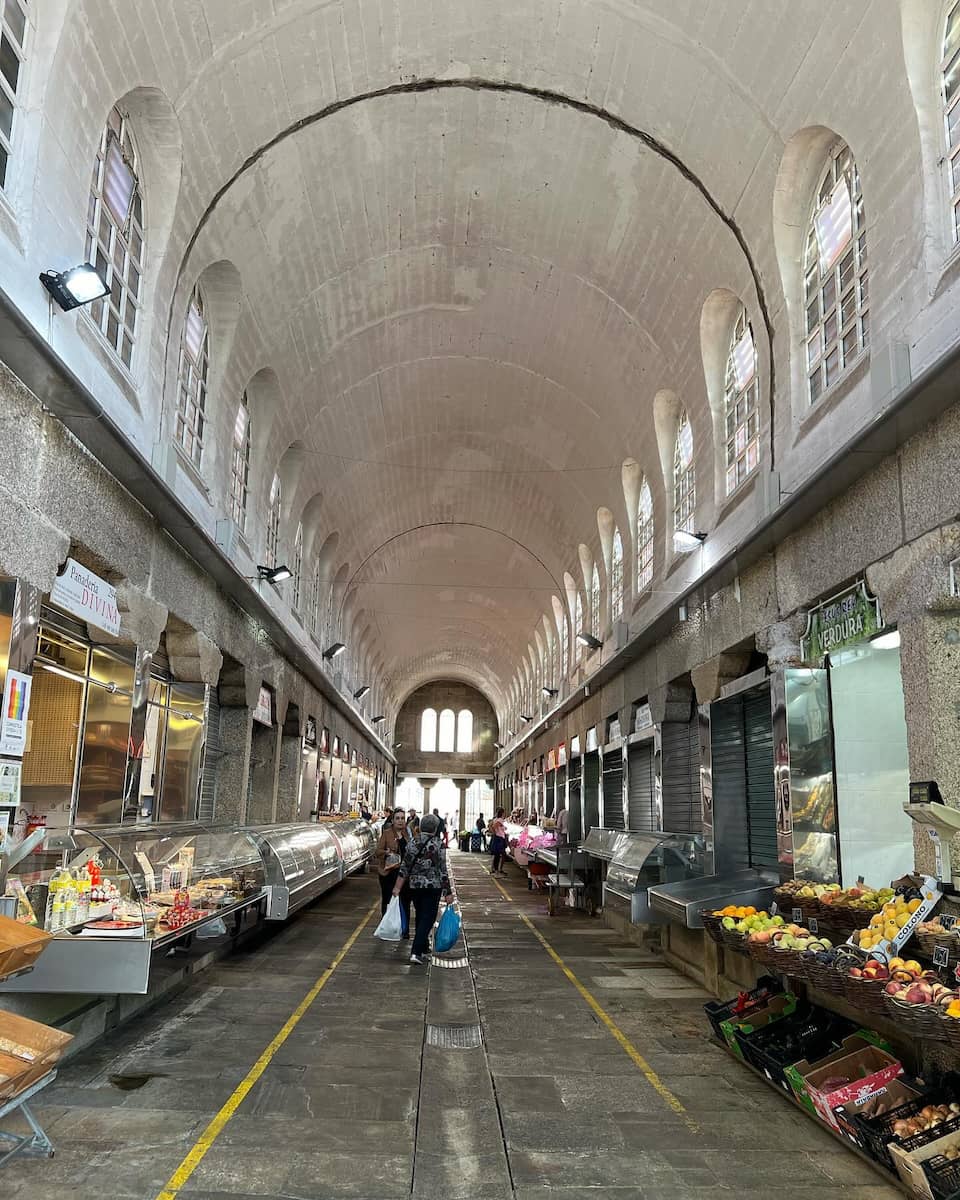
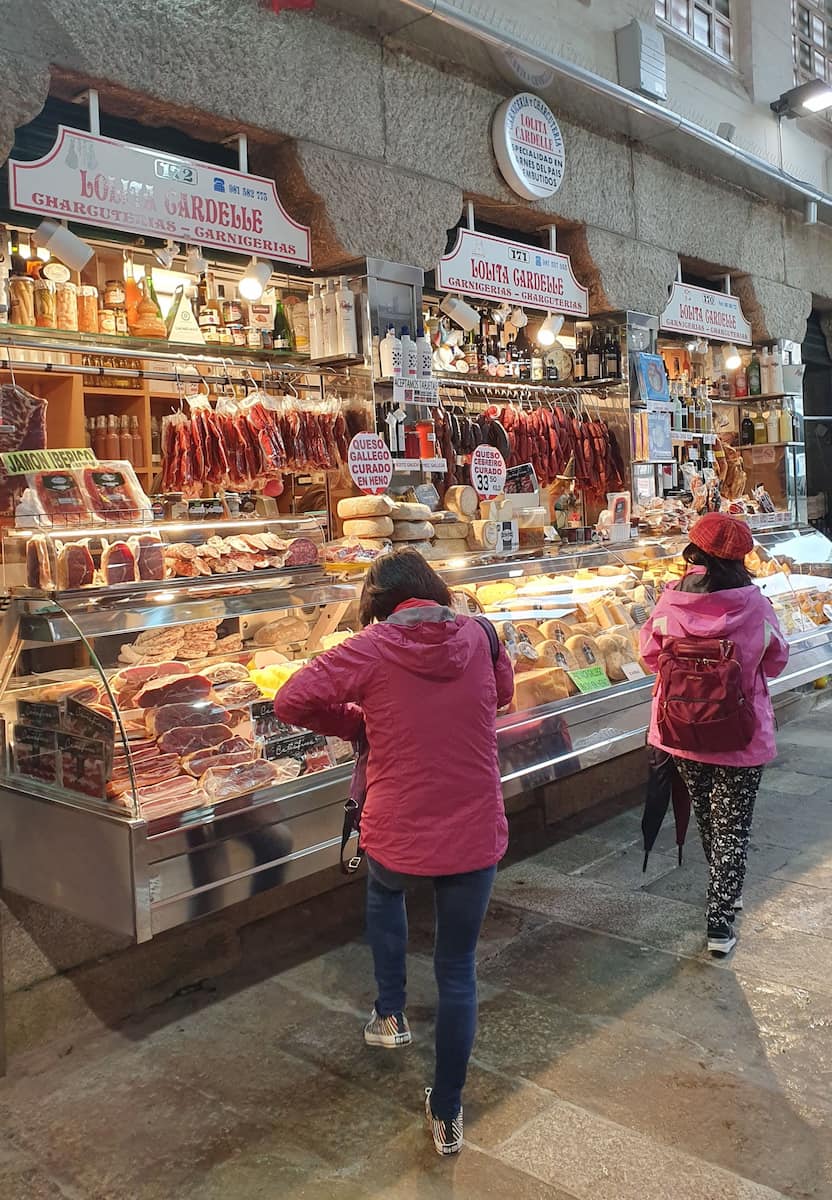
Local Life: Early mornings buzz with activity as restaurant chefs select their daily ingredients, while food stalls prepare traditional Galician dishes for immediate consumption. The market’s atmosphere captures the essence of daily life in Santiago, where ancient trading traditions continue in a historic setting.
Money Saver: Visit early Thursday mornings when local farmers bring their freshest produce, and ask vendors about their restaurant recommendations for authentic Galician cuisine at better prices.
2. 🏛️ Praza do Obradoiro
Historic Heart: The main square serves as the city’s living room, surrounded by four architectural masterpieces representing different periods and styles: the Cathedral, Pazo de Raxoi (city hall), Hostal dos Reis Católicos (former pilgrim hospital), and the Colexio de San Xerome. The plaza’s name comes from the medieval stonemasons’ workshops that once occupied this space during the cathedral’s construction, and today it serves as a gathering place where pilgrims celebrate completing their journeys.
Architectural Symphony: Each building surrounding the square tells its own story, from the Renaissance facade of the Hostal Reis Católicos to the neoclassical elegance of the Pazo de Raxoi. The square’s vast open space allows visitors to appreciate the full grandeur of the cathedral’s baroque facade while watching the constant flow of pilgrims arriving from various Camino routes.
Top Tip: Visit early morning before 9 AM or during sunset for the best photography opportunities and fewer crowds – the golden hour creates magical lighting on the cathedral’s facade.
3. 🍸 Traditional Tabernas and Food Scene
Culinary Delights: Santiago’s historic center is dotted with traditional tabernas serving authentic Galician cuisine, with Taberna do Bispo and Rua do Franco being local favorites. The city’s signature dishes include pulpo á la gallega, fresh seafood from the Atlantic, and the famous Tarta de Santiago almond cake.
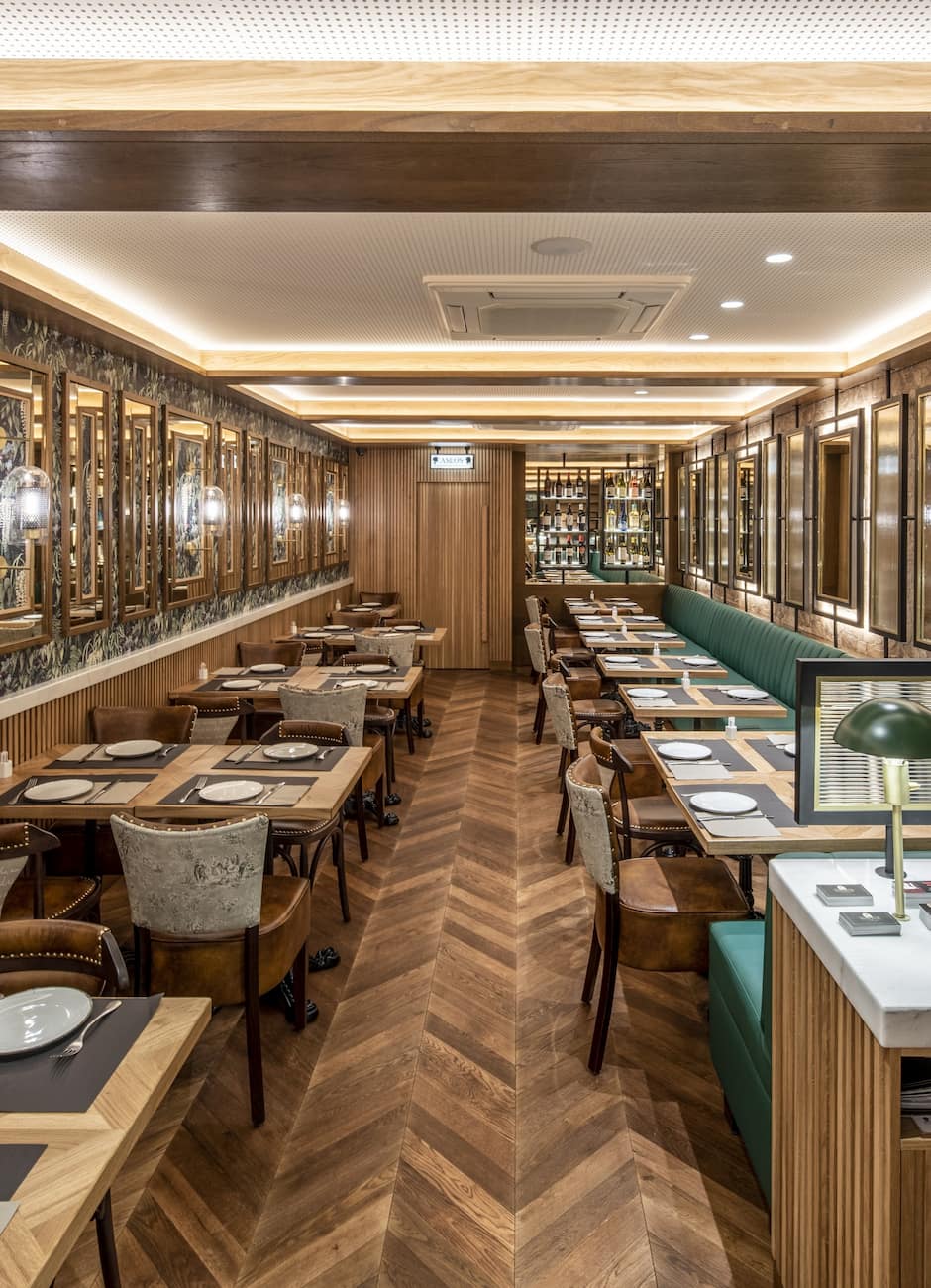

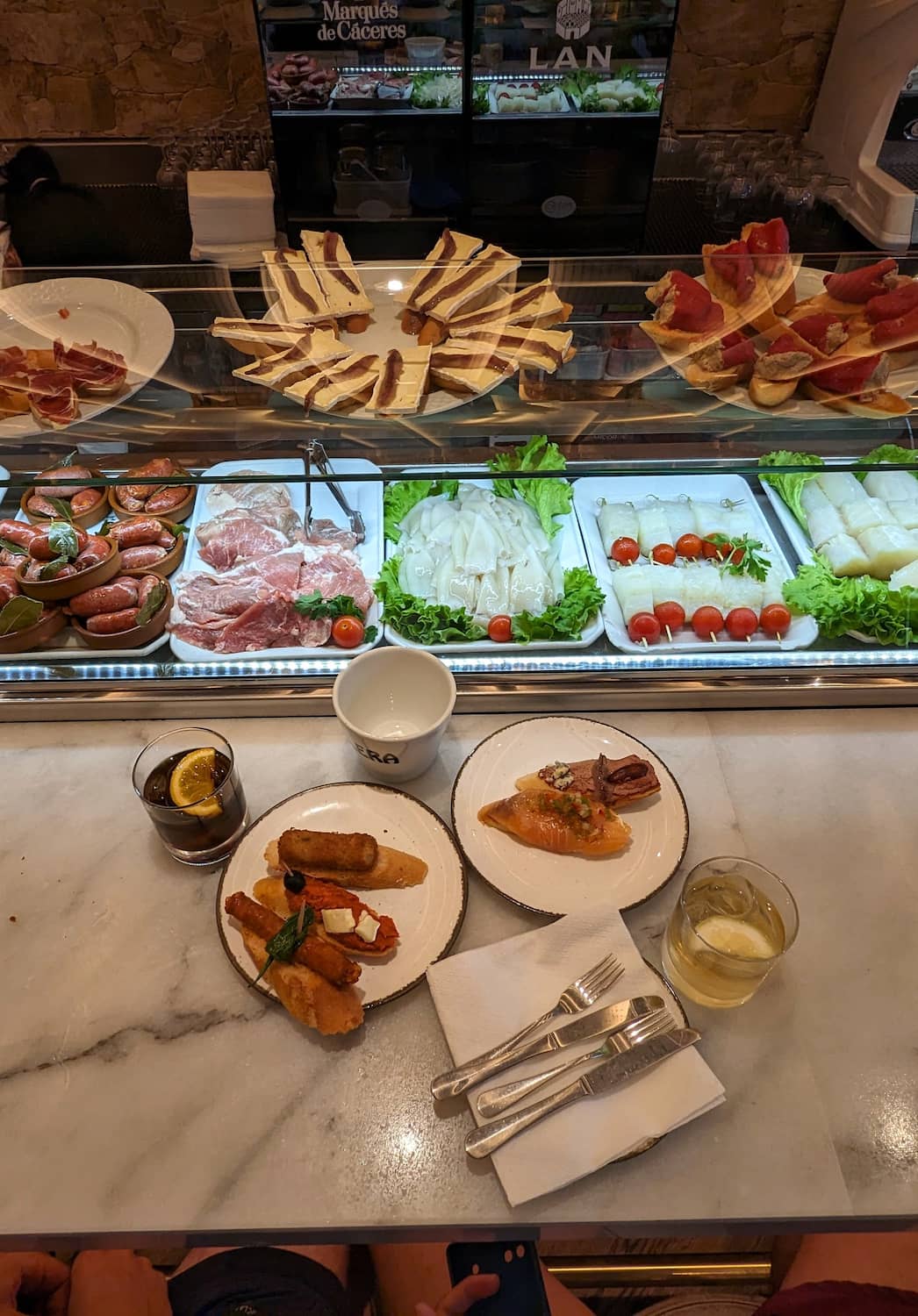
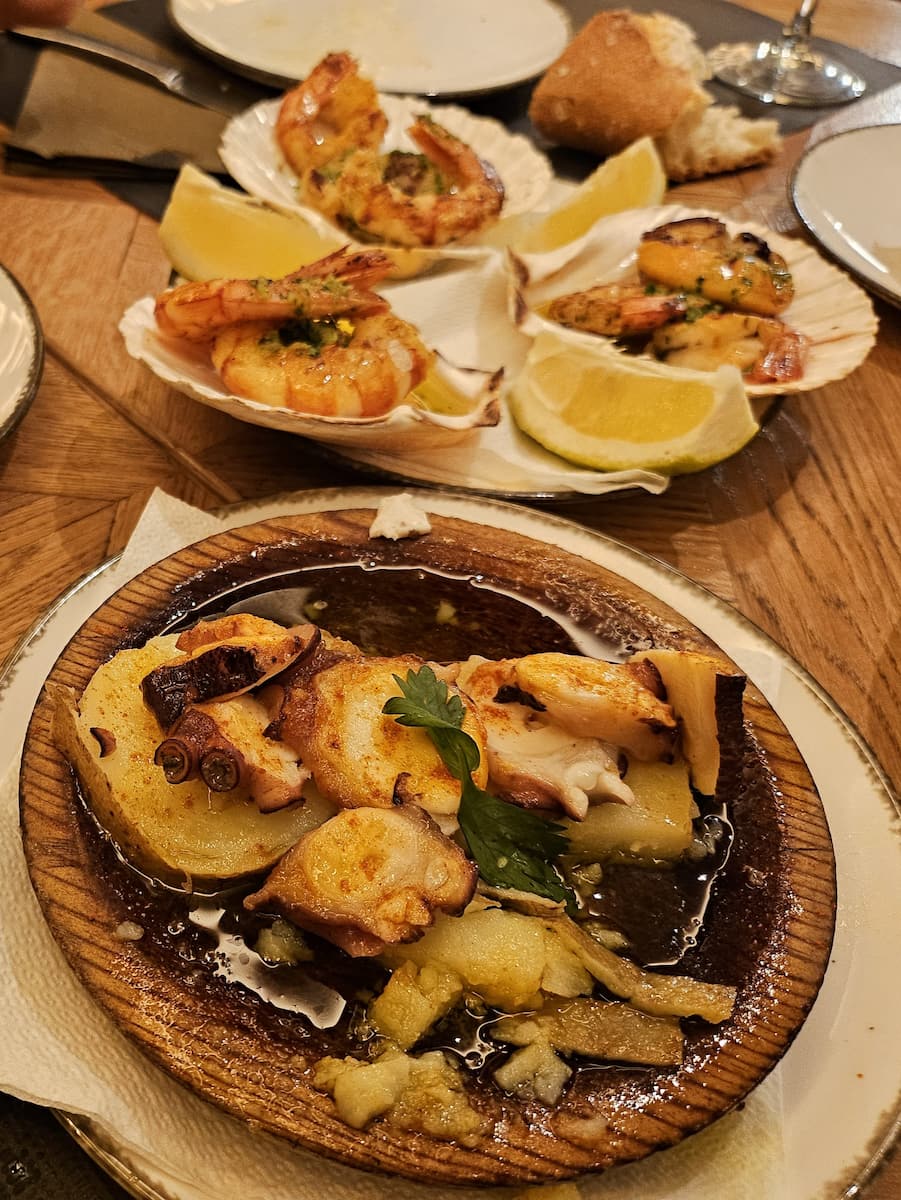
Gastronomic Culture: The tapas bars around the cathedral offer an authentic taste of Galician life, where locals and pilgrims gather to enjoy regional wines and seafood. The historic tabernas maintain centuries-old recipes and cooking methods, making each meal a cultural experience.
Money Saver: Visit during lunch hours (1:30-3:30 PM) for the best-value “menu del día” options and explore the Rua do Franco for the city’s most authentic tapas crawl.
4. 🍷 Rúa do Franco
Gastronomic Paradise: This famous street in the historic center is known as Santiago’s premier dining destination, lined with traditional restaurants and tapas bars serving authentic Galician cuisine. The street has been feeding pilgrims and visitors for centuries, maintaining its reputation for excellent seafood and regional wines.
Local Flavors: Each restaurant specializes in different aspects of Galician cuisine, from fresh seafood to grilled meats, with many offering outdoor seating perfect for people-watching. The street comes alive in the evening when locals and visitors gather for the traditional paseo and tapas crawl.
Insider Tip: Visit during off-peak hours (3-7 PM) for a more relaxed dining experience and better chances of securing a table at popular establishments.
5. 🏺 Museo do Pobo Galego
Cultural Treasury: Housed in the former Convent of Santo Domingo de Bonaval, this museum offers a comprehensive look at Galician culture and traditions. The building itself is an architectural marvel, featuring a unique triple spiral staircase designed by Domingo de Andrade.
Heritage Display: The museum’s collections span traditional crafts, maritime culture, traditional costumes, and musical instruments, providing insight into Galicia’s rich cultural heritage. Each room tells a different story of Galician life, from fishing communities to rural traditions.
Money Saver: Visit on Sundays when admission is free, and combine with a walk in the adjacent San Domingos de Bonaval Park.
Seasonal Activities in Santiago de Compostela
🌸 Spring (March – May)
Festival Season Begins: Spring awakens Santiago with the Festa da Ascensión, a two-week celebration featuring cultural events, livestock fairs, and traditional pulpo á feira tastings. The university students bring extra vibrancy to the city before their final exams.

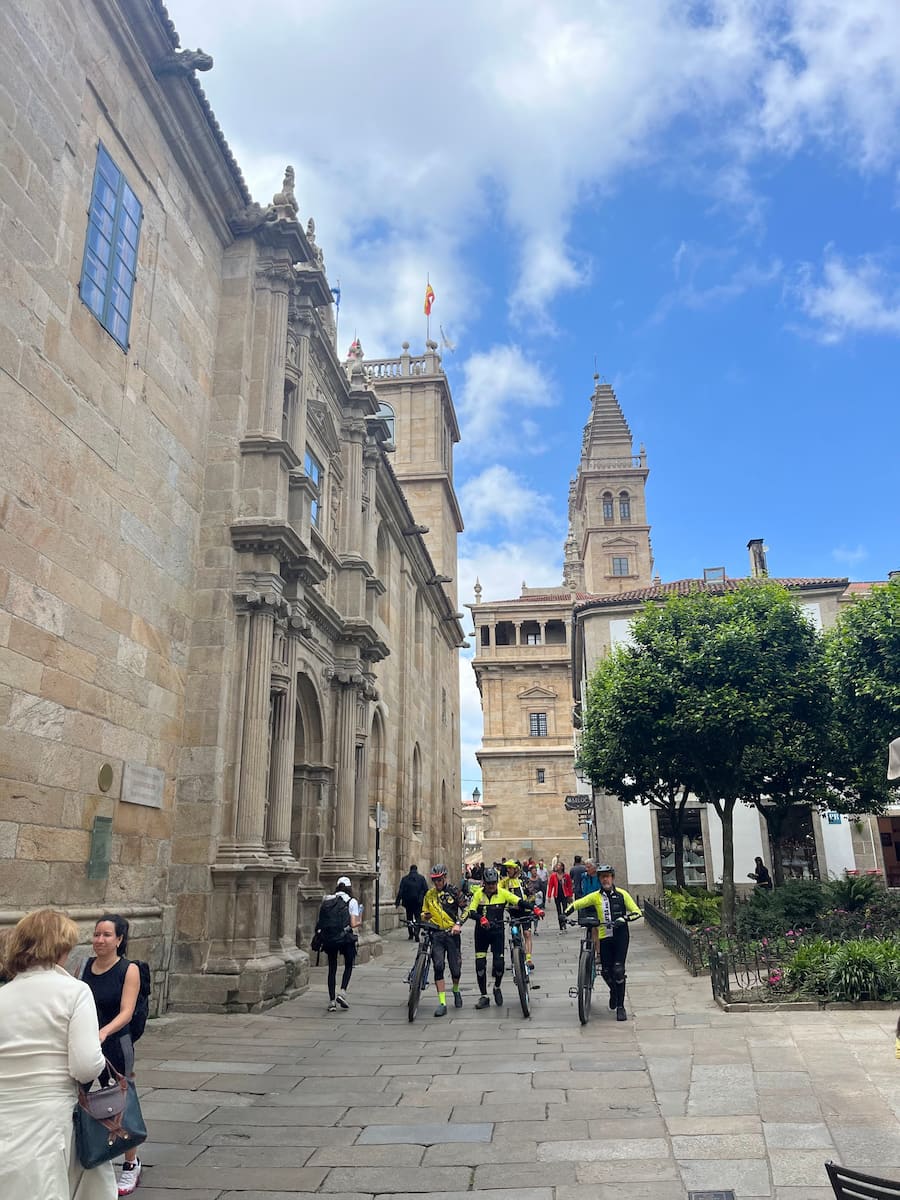
Cultural Awakening: The San Lázaro Festival (mid-March to early April) combines religious processions with gastronomic traditions, featuring the famous auction of pig’s feet and traditional Galician music.
Time Saver: Book accommodations well in advance for the Ascension Festival, typically held six Thursdays after Easter.
Annual Spring Events:
- Festa da Ascensión (40 days after Easter): A major two-week celebration featuring cultural events, concerts, and Galicia’s largest livestock fair at the Amio fairgrounds.
- Festival of San Lázaro (March 15-April 5): A traditional festival combining religious processions with gastronomic celebrations.
- Holy Week Processions (varies by Easter calendar): A solemn celebration featuring 13 brotherhoods conducting 17 different processions through Santiago’s historic granite streets.
☀️ Summer (June – August)
Festival Peak: The city reaches its cultural zenith during the Festas do Apóstolo (July 19-31), featuring spectacular fireworks, concerts, and the famous botafumeiro ceremony at the cathedral.
Cultural Celebrations: Summer nights come alive with the magical Noite de San Xoán (June 23), where bonfires and sardine barbecues fill the streets, followed by weeks of outdoor concerts and performances.
Insider Tip: For the best views of the July 24th fireworks, secure a spot in Alameda Park by early evening.
Annual Summer Events:
- Noite de San Xoán (June 23): A magical midsummer celebration where the city comes alive with bonfires (cacharelas) and sardine barbecues.
- Festas do Apóstolo (July 19-31): The city’s biggest annual celebration honoring Saint James, featuring spectacular fireworks at the Cathedral on July 24th, the Royal Offering ceremony, daily concerts in Praza da Quintana,
- Festival Internacional de Música (July-August): A prestigious classical music festival bringing together international artists for performances in historic venues throughout the city, including the Cathedral, Teatro Principal, and Hostal dos Reis Católicos.
- Via Stellae Festival (July): A unique cultural festival celebrating the connection between music and the Camino de Santiago, featuring performances of medieval, baroque, and contemporary music in historic locations along the pilgrimage route.
🍂 Autumn (September – November)
Harvest Celebrations: The season brings traditional Magostos festivals, where communities gather to roast chestnuts and enjoy queimada, a traditional Galician punch prepared with dramatic flair.
Cultural Heritage: Fall colors transform the Alameda Park and Bonaval gardens, while cultural events move indoors to historic venues and museums.
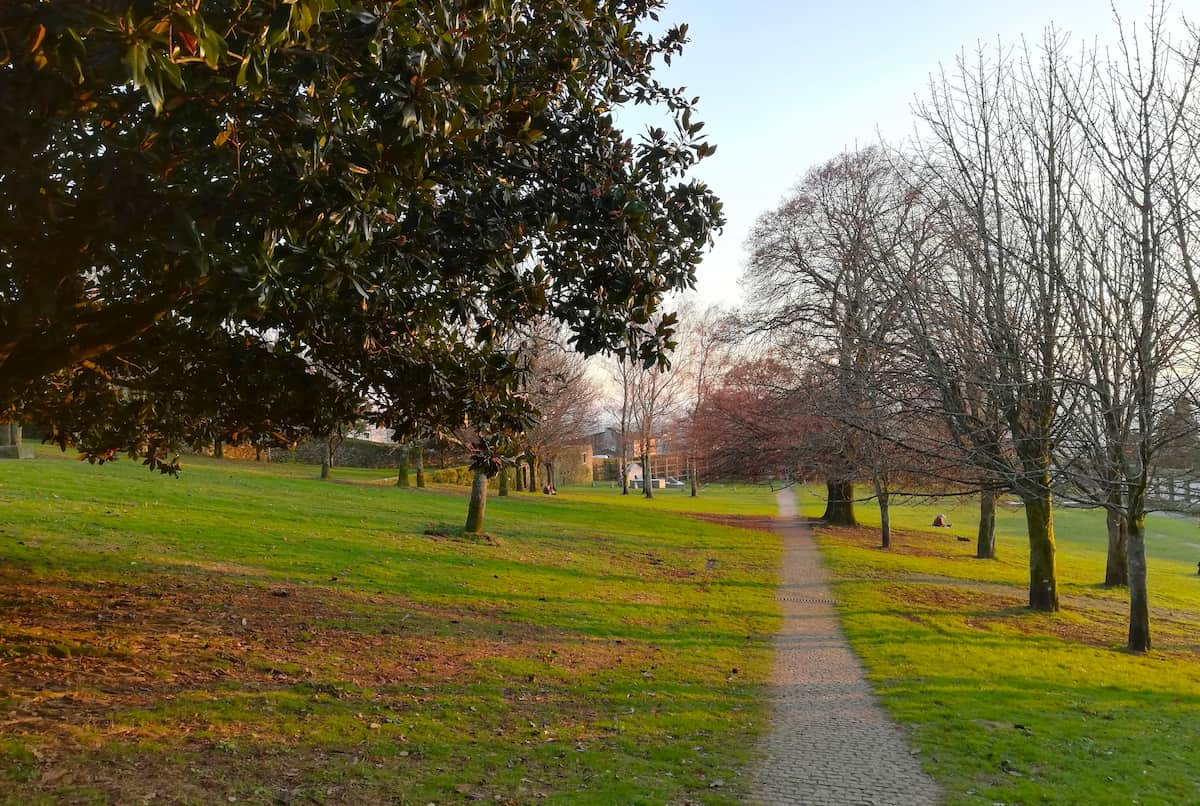
Money Saver: Visit during October for fewer crowds and better hotel rates while still enjoying mild weather.
Annual Autumn Events:
- Magostos Festival (Throughout November): A traditional autumn harvest celebration centered around roasting chestnuts (castañas) over bonfires.
- Santiago(é)Tapas Competition (November): A major gastronomic event where local restaurants compete to create innovative tapas, featuring both traditional and creative categories.
- Celtic Music Festival (October): A celebration of Galicia’s Celtic heritage featuring traditional music performances, folk dancing, and cultural exhibitions.
❄️ Winter (December – February)
Festive Spirit: Winter transforms Santiago with Christmas markets in the historic center and New Year celebrations in Praza do Obradoiro.
Cultural Warmth: The winter season features indoor concerts at the Auditorio de Galicia and special exhibitions at the City of Culture.
Top Tip: Many museums offer free admission on the first Wednesday of each month during winter.
Annual Winter Events:
- Christmas Market (December 1-January 6): A festive market located in Praza da Quintana featuring over 50 stalls selling traditional crafts, Christmas decorations, local foods, and seasonal treats.
- Three Kings Parade (January 5): A magical evening procession through Santiago’s historic streets, starting at 5:00 PM from Praza da Merce and ending at Plaza Obradoiro in front of the Cathedral.
- Entroido (Carnival) (February, dates vary): Santiago’s traditional carnival celebration featuring two main parades – one on Tuesday before Ash Wednesday with brass bands, dancers, and elaborate floats, and a satirical parade on Ash Wednesday ending with the burning of the “Meco” doll in Plaza de O Toural.
- Winter Festival (January-February): A cultural celebration featuring indoor concerts at the Auditorio de Galicia, special exhibitions at the City of Culture, and various artistic performances throughout the city’s historic venues.
Day Trips from Santiago de Compostela
1. 🌊 Finisterre
Historic End: Known as the “End of the Earth,” Finisterre was considered the westernmost point of the known world in Roman times. The dramatic coastline and lighthouse provide stunning views of the Atlantic Ocean.
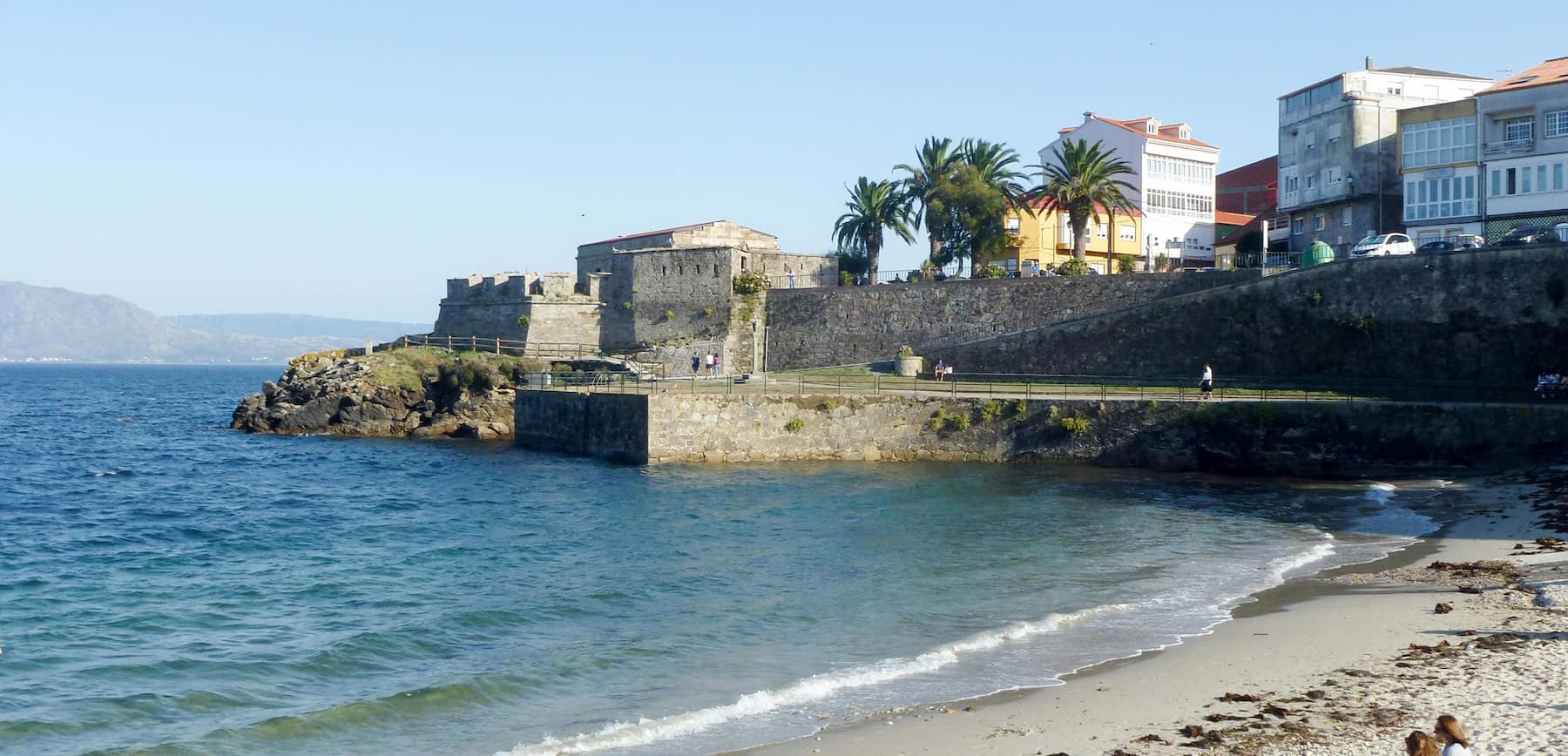
Natural Beauty: The rugged coastline features pristine beaches, dramatic cliffs, and crystal-clear waters. The area maintains strong connections to Celtic traditions and maritime culture.
Insider Tip: Book a guided tour that combines Finisterre with stops at other coastal villages for the best value and most comprehensive experience.
⭐ Best tour
- Finisterre and Costa da Morte Tour – This full-day tour takes you to the dramatic “Coast of Death” (Costa da Morte) and Cape Finisterre, once believed to be the end of the world. During this comprehensive excursion, you’ll visit seven stunning locations along Galicia’s wild Atlantic coastline, including the lighthouse at Cape Finisterre, beautiful beaches, and charming fishing villages.
2. ⛱️ Rías Baixas
Coastal Beauty: The Rías Baixas region offers some of Galicia’s most stunning coastal scenery, with deep inlets, pristine beaches, and charming fishing villages. The area is famous for its seafood and Albariño white wines.
Maritime Culture: Traditional fishing ports like Cambados and O Grove maintain authentic Galician maritime traditions, while offering visitors fresh seafood experiences. The region’s vineyards and wineries provide excellent wine-tasting opportunities.
Time Saver: Book a guided tour that combines wine tasting with seafood experiences – many tours depart directly from Santiago’s historic center.
⭐ Best tour
- Rías Baixas Tour with Wine Tasting and Mussel Boat Trip – This full-day excursion explores the stunning Rías Baixas region, combining wine tasting at a local Albariño winery with a boat trip featuring fresh mussels and local wine.
❓ FAQ
What are the main attractions in Santiago de Compostela’s UNESCO World Heritage historic center?
The Santiago de Compostela Cathedral with its Romanesque structure and famous Pórtico da Gloria is the centerpiece. Other highlights include the Galician Contemporary Art Centre, Plaza del Obradoiro, granite streets of the historic center, Casa do Cabildo, and Monastery of San Martiño Pinario. The Gothic and Baroque architecture throughout the city center creates a stunning medieval atmosphere.
What are the best walking routes and tours in Santiago?
Explore the historic center through various walking tours, including the Paseo da Ferradura for cathedral views. The Camino Frances and Camino Ingles routes lead pilgrims walking to Santiago, while the Camino Finisterre and Camino Primitivo offer additional hiking experiences. Guided tours often include visits to the cathedral museum and cultural sites.
Where can I experience local food and culture in Santiago?
Visit Taberna do Bispo and tapas bars along Rua do Franco for authentic pulpo á la gallega and Tarta de Santiago (almond cake). The city’s cozy cafes offer perfect spots for a cup of coffee, while cultural life thrives with poetry recitals at the oldest university buildings. Don’t miss the green spaces like Alameda Park for local atmosphere.
What are the best day trips from Santiago de Compostela?
Popular excursions include visits to the Atlantic Ocean coastline, Rías Baixas region, and the Death Coast. Full-day tours and road trips can be arranged from the city center. The region of Galicia offers numerous Spanish cities worth exploring, all accessible by train and bus from the bus station.
Where are the best places to stay in Santiago de Compostela?
The town centre offers various accommodations including the historic Parador de Santiago (Hostal Reis Catolicos), Hostal de los Reyes Católicos, and numerous places to stay near Plaza del Obradoiro. Staying in the historic center provides easy access to cultural life and main attractions.
What outdoor activities are available in Santiago?
Besides walking the Camino routes, visitors can enjoy outdoor activities in green spaces like Alameda Park and Paseo da Ferradura. The city’s location in northern Spain and the region of Galicia provides opportunities for exploring the Atlantic Ocean coastline and participating in pilgrim walking tours.

